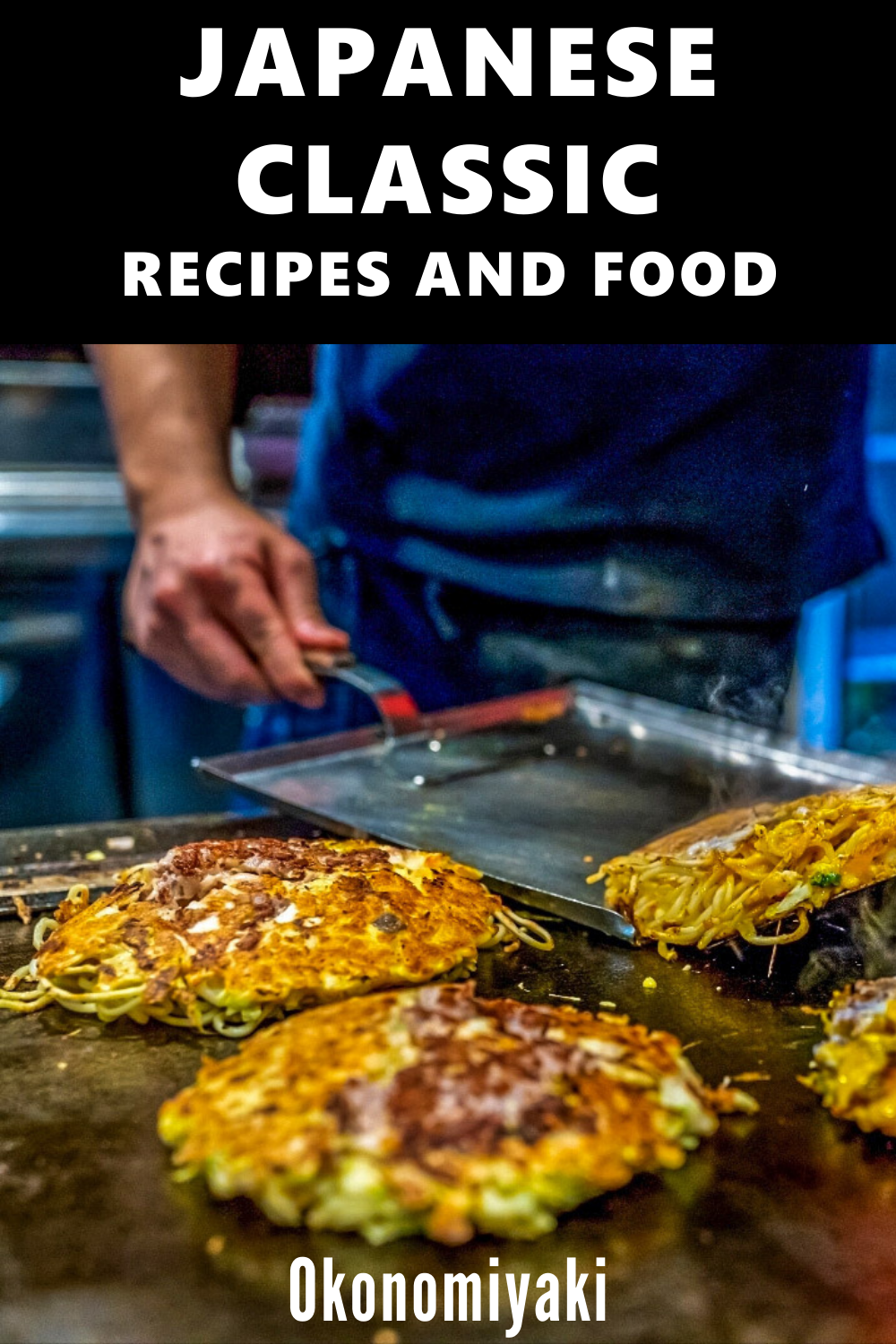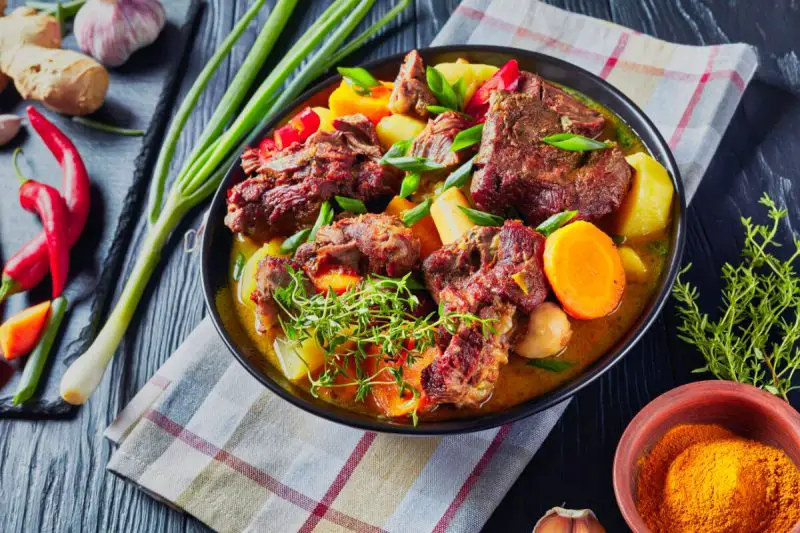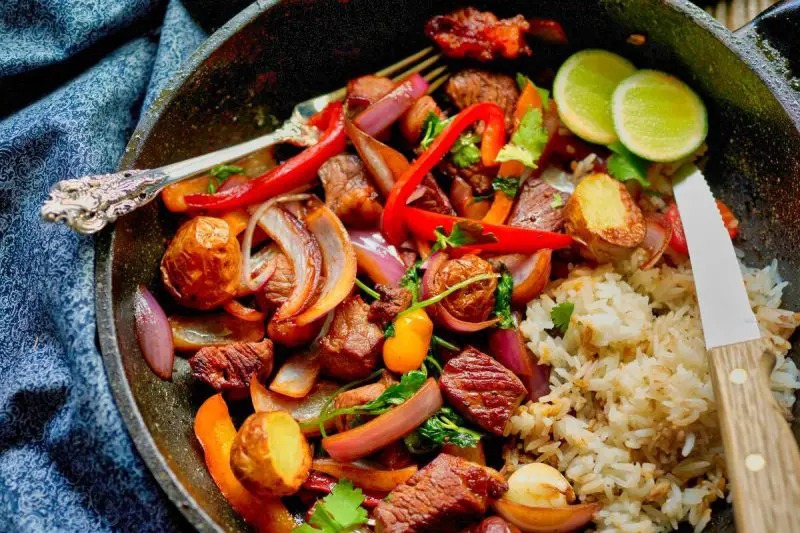Popular Japanese food is characterized by several traditional Japanese dinner dishes that are often enjoyed on a daily basis and during some of the special holidays in Japanese culture. As an individual who loves to explore different cuisines out there, then you shouldn’t hesitate to delve right in and explore the traditional Japanese foods and recipes. Most of these foods are heavily entwined with Japanese culture.
History of Traditional Japanese Cuisine*
Japanese cuisine is based on combining the staple food, which is steamed white rice or gohan, with one or more okazu, “main” or “side” dishes. This may be accompanied by a clear or miso soup and tsukemono (pickles). The phrase ichijū-sansai (“one soup, three sides”) refers to the makeup of a typical meal served but has roots in classic kaiseki, honzen, and yūshoku cuisine. The term is also used to describe the first course served in standard kaiseki cuisine nowadays.
Rice is served in its own small bowl (chawan), and each main course item is placed on its own small plate (sara) or bowl (hachi) for each individual portion. This is done even in Japanese homes. Japanese style traditionally abhors different flavored dishes touching each other on a single plate, so different dishes are given their own individual plates as mentioned or are partitioned using, for example, leaves. Placing main dishes on top of rice, thereby “soiling” it, is also frowned upon by traditional etiquette.
Rice is a staple in Japanese cuisine. Wheat and soybeans were introduced shortly after rice. All three act as staple foods in Japanese cuisine today. During the Kofun period, Buddhism became the official religion of the country. Therefore, eating meat and fish was prohibited. The number of regulated meats increased significantly, leading to the banning of all mammals except whale, which were categorized as fish. During this period, chopsticks were introduced to Japan. Initially, they were only used by the nobility. The general population used their hands, as utensils were quite expensive.
Fish has influenced many iconic Japanese dishes today. In the 9th century, grilled fish and sliced raw fish were widely popular. Japanese people who could afford it would eat fish at every meal; others would have to make do without animal protein for many of their meals. In traditional Japanese cuisine, oil and fat are usually avoided within the cooking process, because Japanese people were trying to keep a healthy lifestyle.
Preserving fish became a sensation; sushi was originated as a means of preserving fish by fermenting it in boiled rice. Fish that are salted and then placed in rice are preserved by lactic acid fermentation, which helps prevent the proliferation of the bacteria that bring about putrefaction. During the 15th century, advancement and development helped shorten the fermentation of sushi to about one to two weeks. Sushi thus became a popular snack food and main entrée, combining fish with rice.
There is no doubt that the traditional Japanese foods and recipes are among the most popular cuisines globally, and this is for good reasons. Usually, they are based on the five rules of Japanese cooking or washoku and emphasize variety along with balance. It is often achieved with the use of five different colors; white, yellow, red, black, and green. In addition to that, it involves five cooking techniques; grilling, raw food, boiling, steaming, and frying. It also features six flavors; spicy, sweet, sour, salty, hot, and bitter.
Usually, these Japanese cooking principles can be found in single meals of soup and three sides that are paired with rice. With this aesthetic use of beautiful food and the use of fresh and high-quality ingredients, it’s no doubt that traditional Japanese foods and recipes are delicious and very prized by individuals across the globe.
Traditional Japanese foods and recipes have been influencing significantly by the food customs of several nations. However, they have adopted and refined these foods and recipes and came up with their own unique cooking styles along with eating habits. First and foremost, China was the first country to influence Japanese cuisine back in 300 B.C. It is believed that this is the period when the Japanese learned about rice cultivation.
There was an array of vegetarian foods that were being served in relatively small portions with the use of their five standard cooking technique. Their foods were then divided into five different colors along with six unique tastes. To date, Japanese foods use the same cooking system.
At the beginning of the 1200s, the rise of trading within various countries started bringing western-style influences to Japanese cuisine. During this period, the Dutch introduced potatoes, corn as well as sweet potatoes. On the other hand, the Portuguese introduced batter frying, commonly known as tempura.
Beef was introduced after more than a thousand years of ban. It was introduced back to Japanese cuisine during the Meiji Period, which was from 1868 to 1912. During the late 20th century, western foods like coffee, bread, and ice cream became popular within Japan.
In addition to that, time-saving cooking methods from western countries were also introduced to Japanese culture. Some of these cooking methods are; electric rice cooker, instant pickling mixes, and packaged foods such as instant miso, which is fermented soybean paste, as well as instant noodles. The Japanese are, however, still devoted to their classic cooking traditions.
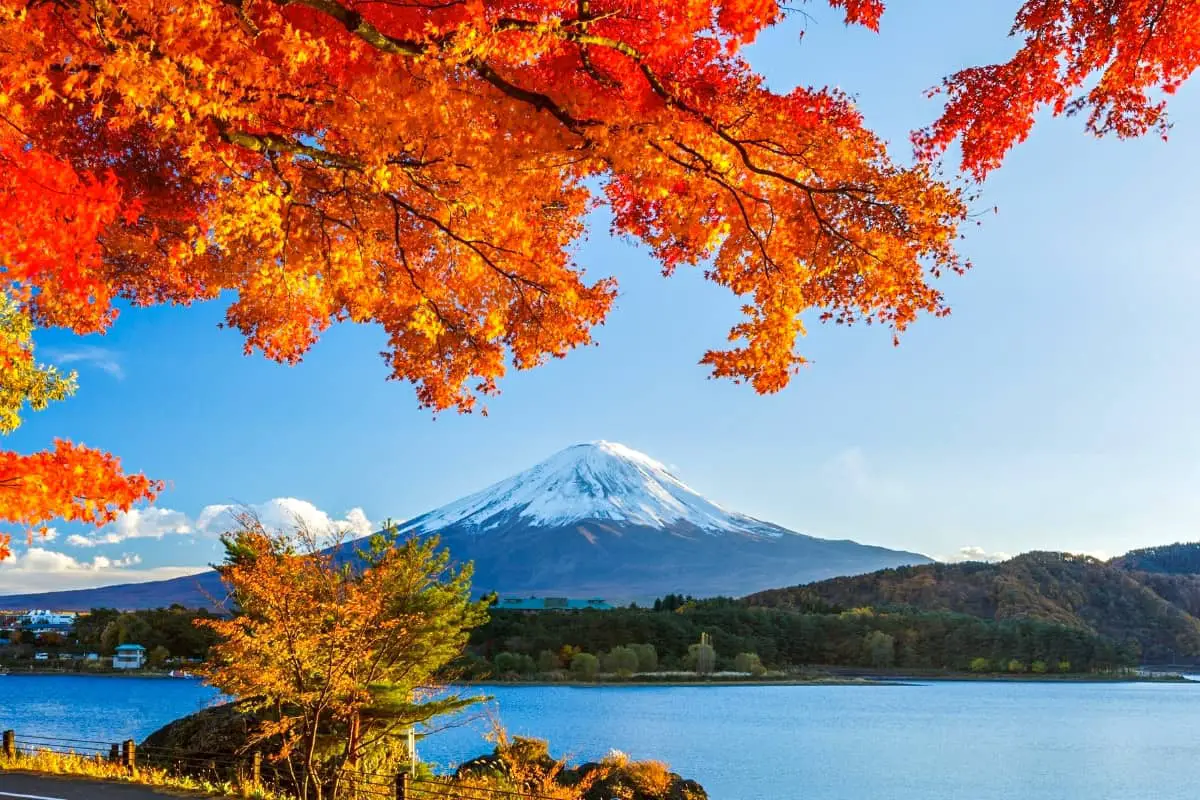
Japanese Foods List of Traditional Breakfast Foods
At the table, you’ll find a spread of steamed rice, miso soup, a protein, pickles, and several side dishes. It is the typical breakfast that many Japanese grew up with and still eat almost every morning. It looks more like a lunch or dinner. It’s definitely a breakfast that looks like a full meal.
Central to Japanese life values, the traditional Japanese breakfast illustrates the concept of balance. You can see a thoughtful composition of color, taste, aroma, and texture in the meal itself. Warm rice, salted salmon, miso soup and seaweed. There’s really no better breakfast in the world!
An example of a common Japanese breakfast menu:
Steamed rice
Miso soup
Grilled fish
Egg dish (tamagoyaki, onsen tamago, raw egg, fried egg)
Vegetable side dish
Pickled vegetable
Seaweed
Natto
Japanese Candies and Japanese Pastries
The Japanese were making desserts for centuries before sugar was widely available in Japan. There are many common desserts still available in Japan which can be traced back for hundreds of years.
In Japanese cuisine, traditional Japanese sweets are known as wagashi. Ingredients such as red bean paste and mochi are used. Manjū is a famous traditional Japanese candy. They are usually made from a red bean paste made from azuki beans.
Wagashi is a traditional Japanese confectionery which is often served with tea, especially the types made of mochi, anko (azuki bean paste), and fruits. Wagashi is typically made from plant ingredients.
Wagashi are made in a wide variety of shapes and consistencies and with diverse ingredients and preparation methods. Wagashi are popular across the country japan but are only available regionally or seasonally.
Japanese Bread
For a country that’s better known for its ramen and sushi, Japan boasts a surprisingly rich bread culture. Since its arrival in Japan in the mid-1500s, the leavened delicacy has found its way into the hearts of locals and become a staple of the Japanese diet.
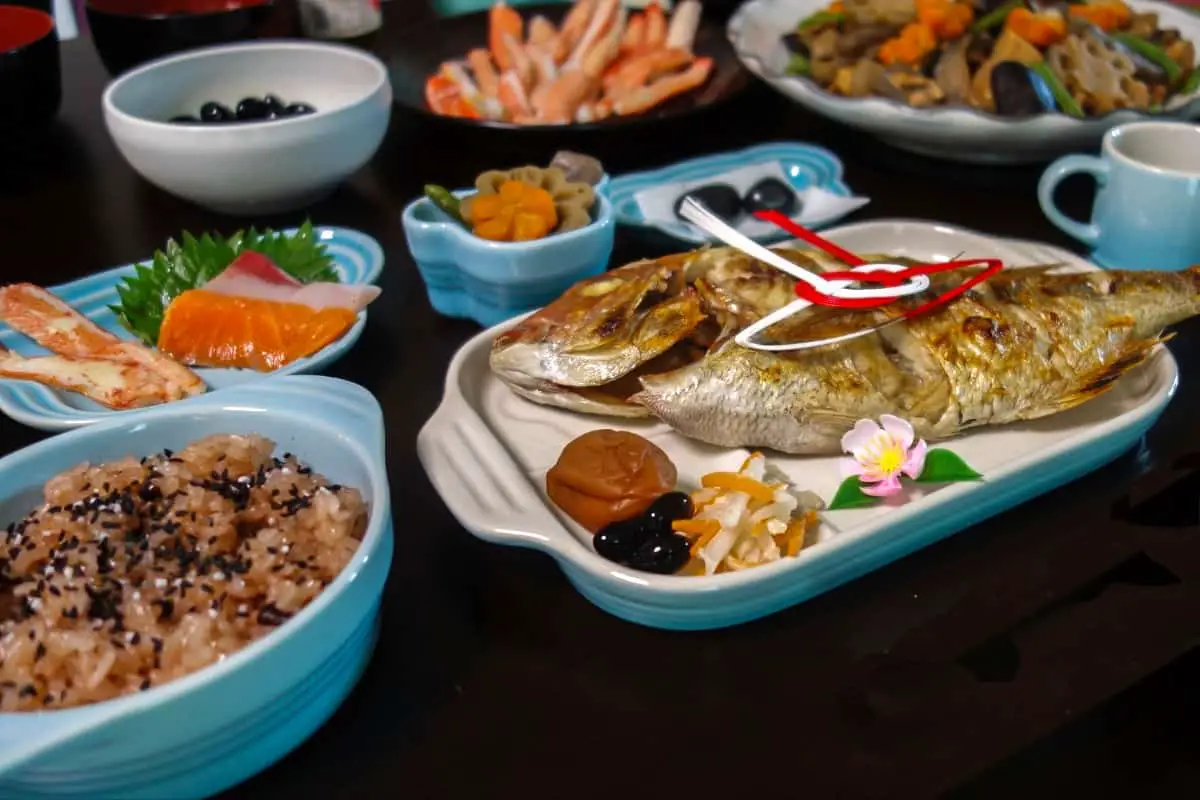
Traditional Japan Dinner
The components of a typical homemade Japanese dinner might include rice; seaweed (nori), furikake (rice seasoning), or tsukudani (topping for rice); soup; pickles; salad; protein; mixed protein and vegetable dish; and vegetables. Beverages are served alongside.
A Japanese meal differs slightly from the multiple courses that are traditionally found in Western and European cuisine. A typical Japanese dinner at home involves a single course with several dishes presented all at once.
Japanese Appetizer
Gyoza, tsukune, and salted edamame are just a few of the tasty Japanese appetizers. Most of them share similar ingredients and seasonings, but each is uniquely delicious.
Japanese Side Dish
Japanese side dishes are easy to make and full of flavor! From fried rice to chicken wings to veggies, these recipes offer a delicious Asian flair! Apart from sushi, ramen, and tempura, Japanese cuisine is also famous for its wide variety of side dishes.
Japanese Desserts
Japan has plenty of these delightful treats, from traditional desserts known as wagashi to Western ones such as pancakes and parfait, but with a Japanese twist.
From dessert sushi to cookies to ice cream, these traditional treats are Japanese favorites. While Japanese cuisine is more famed for its savory dishes, it also has a myriad of confections to offer.
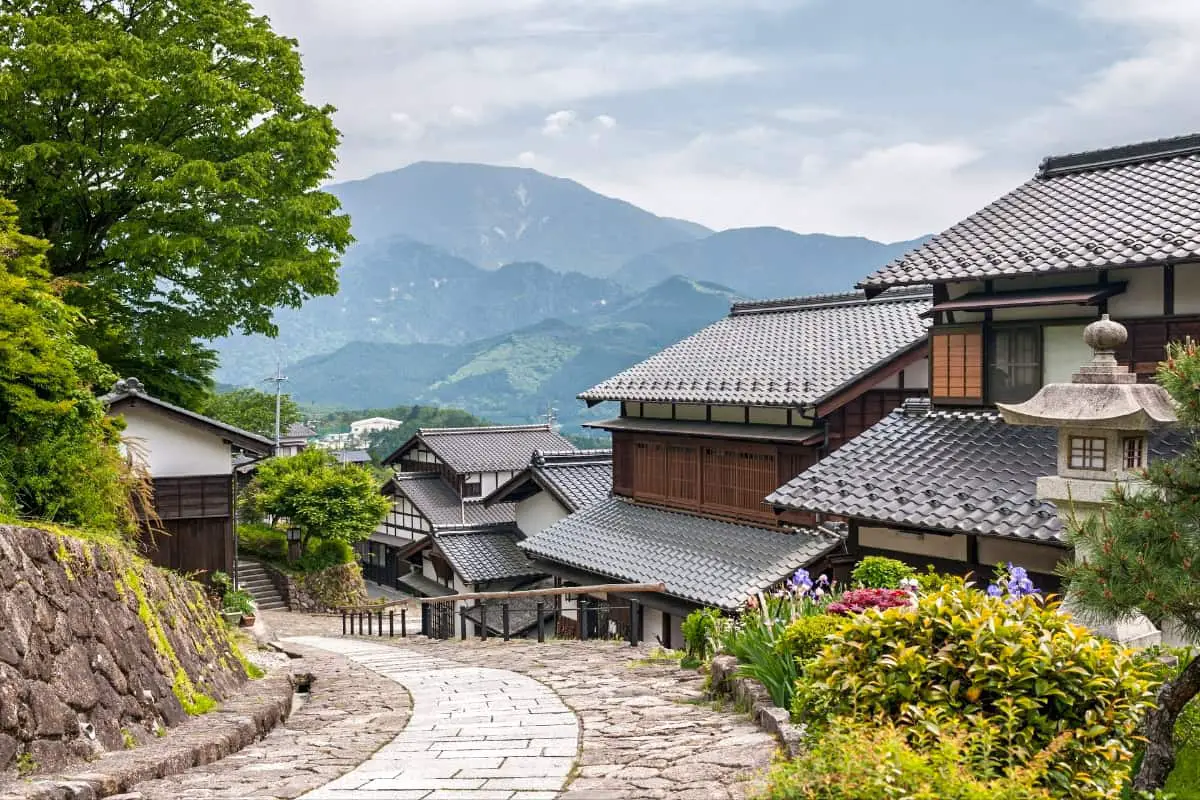
Old Style Japanese Cooking and Foods
Japanese cooking and food standards to be one of the best in the world. There are several traditional Japanese foods and recipes you should consider trying while in Japan. In this section, we shall be taking you through old-style Japanese cooking and food;
✪ Sushi
There is no doubt that sushi is by far the most famous Japanese food. This dish was born in ancient Japanese times, and it originates from the process of preserving fish in fermented rice. However, nowadays, sushi is made using vinegared rice along with fresh fish, which is often presented in several ways and shapes. The dish is often served with a piece of raw fish or sometimes shellfish known as neta at the top.
In most cases, sushi is consumed with wasabi and soy sauce; however, individuals who aren’t fond of wasabi can order for sabi-nuki, which means sushi without wasabi. This dish can be consumed using chopsticks or bare hands. When consuming sushi, you will need to be careful about one thing. As you dip your sushi in a soy sauce, always turn it over and apply your sauce to neta instead of the rice itself. By doing this, you will be preventing the rice from sucking up too much sauce and getting rid of the original taste of your neta itself.
✪ Yakitori
The Yakitori is a traditional Japanese of bite-sized cuts of chicken grilled on a skewer. Yakitori often makes the use of every chicken part from the liver to the heart and the chicken womb. This helps in preventing wastefulness, one of the most vital elements in the Japanese cuisine culture. Furthermore, unlike most traditional Japanese cuisine, the Yakitori has been around since the mid-17th century since meat consumption was considered a taboo for thousands of years.
✪ Tempura
Tempura is one of the best traditional Japanese foods. It is a dish battered along with fried fish, vegetables, or seafood. There is special care given to how the ingredients are cut and the temperature of batter (ice cold) and oil (extremely hot) for perfect deep-frying. This allows every piece to be a bite of well-crisped fried to perfection.
This dish is consumed in different ways across Japan. For instance, in the Kanto region, which is around Tokyo, tempura is consumed along with dipping sauce. On the other hand, it is consumed with dipped flavored salt within the Osaka and Kyoto regions.
✪ Kaiseki
Well, Kaiseki is the ultimate fine Japanese dining. This is a tasking course which comprises of small and seasonally themed dishes that are crafted to the utmost precision and given attention to detail. The Kaiseki traditional Japanese food originated from a traditional tea ceremony where small morsels of foods were being served along with bitter green tea. As time progressed, these offerings started to evolve into several course haute cuisine dishes.
✪ Tsukemono pickles
The Tsukemono pickles are Japanese traditional pickles that have been consumed in the country since Japan prehistorical times. It is made using several ingredients, including vegetables such as daikon radish and eggplant and fruits such as ume plum. This dish is appealing to the eye due to its bright colors and tends to be an extremely healthy meal.
✪ Udon
This is a dense as well as a chewy noodle that is made using wheat flour. Furthermore, Udon is among the most popular and loved dishes across Japan due to its incredibly delicious taste. In addition to that, it is inexpensive and highly versatile; this means that it can be consumed while cold or hot, and it is often customized with various toppings.
In Japan, there are three popular regional verities of this dish; the sanuki Udon this dish is from Kagawa prefecture located in southwest Japan. Kishimen Udon is from Nagoya, in central Japan, and the Inaniwa Udon, which is from Akita in the northern part of Japan.
✪ Sashimi
This is a must-try traditional Japanese food. This dish is similar to sushi; however, it doesn’t have rice. It is raw fish that is sliced into relatively easy to consume pieces. The fish used in making this dish are of high-quality and are caught in all regions of Japan.
Sashimi has various varieties, with the most common ones being maguro and other varieties of tunas, mackerel, salmon, and sea bream. This dish is often consumed with soy sauce for added flavor. You might as well consider adding wasabi as toppings for extra heat; however, it is often not required. The dish has been consumed in Japan for centuries before the consumption of sushi began in the country.
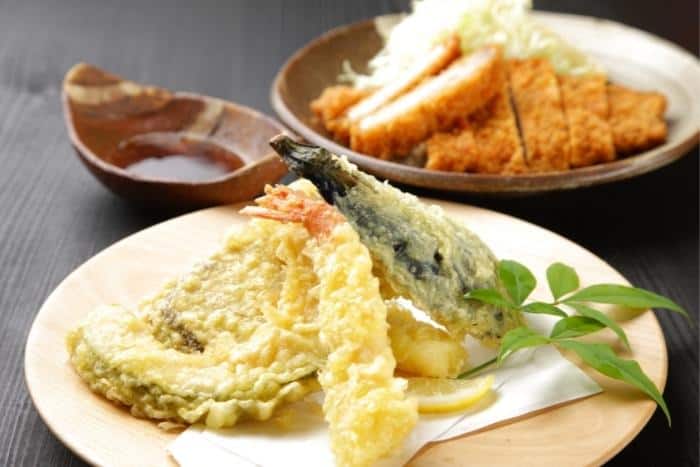
Modern Japan Cooking and Foods
Modern Japanese cooking and food have faced significant influence by globalization. Modern globalization has exposed different cultures to each other. This has been made possible by the easy access to vital information as well as some inevitable change. Well, this is particularly true and easily observed in modern Japanese cooking and food. Dishes such as Kare-raisu, which is curry rice, along with tonkatsu, pork cutlet, and the korokke, which is croquette, are just but a few examples to name. These dishes were less likely to be found on the Tokyo menu in the early 20th century.
The ancient Japanese diet comprised native meat, vegetables, and seafood such as shellfish and fish, fungi such as mushrooms and wild boar, and deer. However, a transition of the ancient Japanese diet to traditional Japanese foods and recipes commenced in 1392 to 1573 before it was finally consolidated from 1573 to 1615.
However, due to the Meiji period, we are now able to visualize the evolution of modern Japanese cooking and food, which has been captured with their new terminologies;
– Yoshoku; this is when Japanese food and recipes are prepared using a western manner.
– Wafu; this is when foreign or western ingredients are prepared in a Japanese manner.
Nowadays, globalization has made it easier for various cultures to learn from each other; as a result, the foods tend to be mouth-watering. The influence of western cuisine on modern Japanese cooking and foods is highly present; on the other hand, the influence of Japanese cuisine can also be found across the globe.
Our Favorite Popular Japanese Food & Japanese Dinner Recipes
check out our video
1. Shrimp Okonomiyki (Japanese Pancakes) – Popular Japanese Food
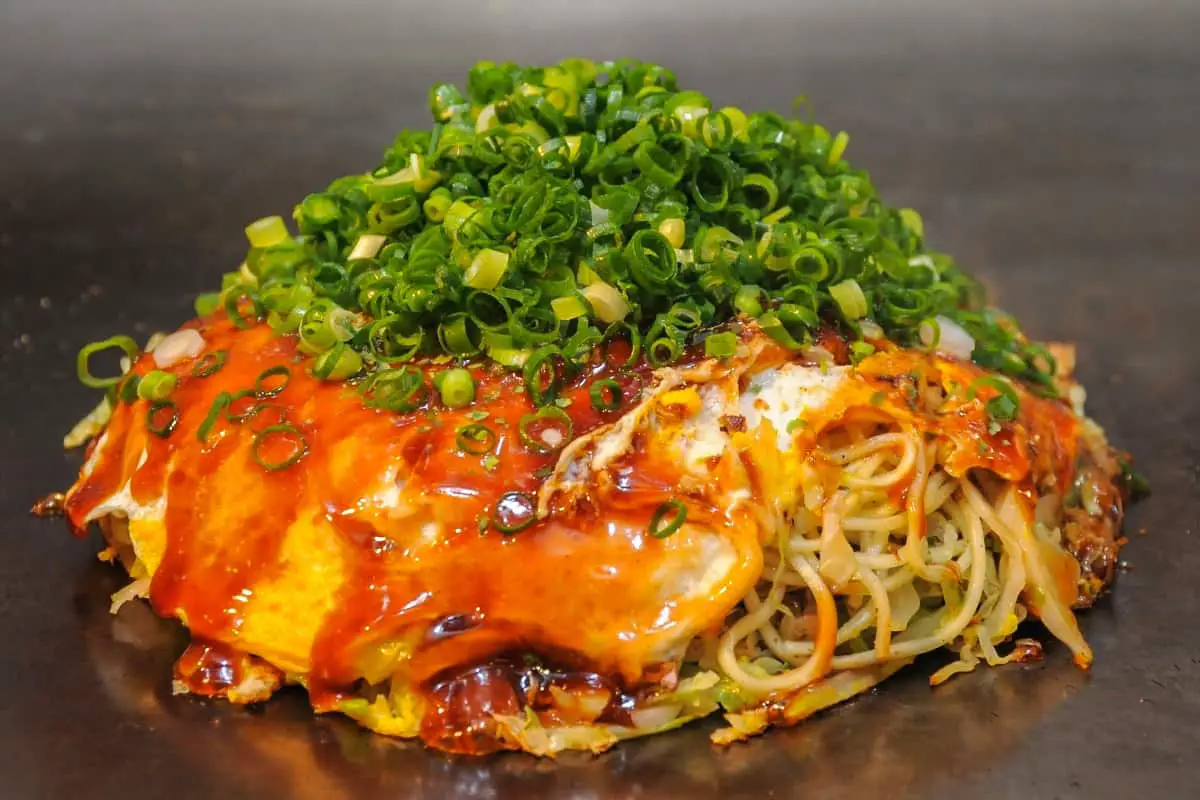
I had only ever had Shrimp Okonomiyaki so it was so neat to be able to try other kinds like potato and pork. Shrimp okonomiyaki is still my favorite, and that is what we have for you today.
This makes a really good appetizer, just cut into small pieces, or you can grab a variety of other proteins and vegetables and do a create your own.
2. Japanese Fried Rice – Japanese Dinner Recipes
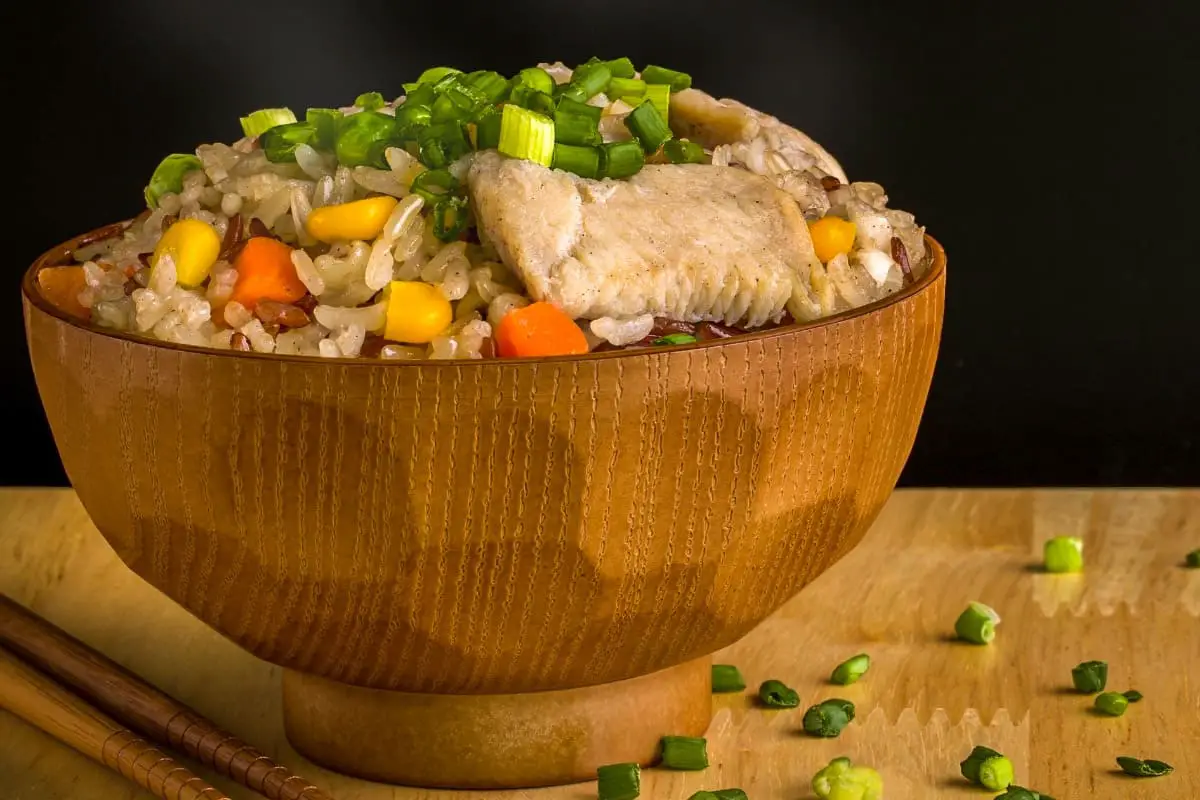
Yakimeshi is fried rice that’s loaded with eggs and meat and seasoned with soy sauce, salt, pepper, sesame oil, and scallions. Apart from the flavor, it’s also the wonderful combination of colors that makes this side dish extra special.
Just like any other fried rice dishes, Yakimeshi is incredibly easy to prepare. All you need is to stir all the ingredients together in a giant frying pan, and voila, dinner is served!
3. Spanner Crab Rice with Edamame and Tobiko – Japanese Dinner Recipes
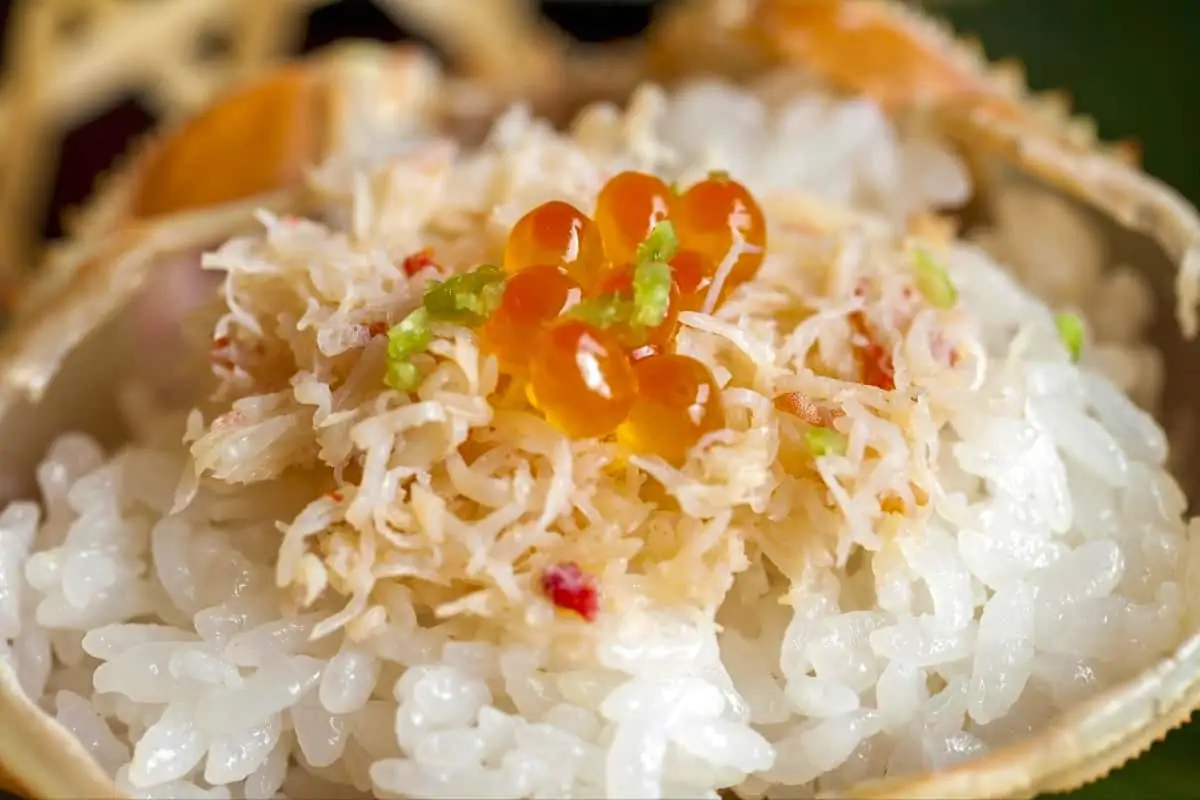
This spanner crab and crispy rice dish couldn’t get much easier, and the delicately balanced flavors will leave everyone impressed.
4. Green Tea Cookies – Popular Japanese Food
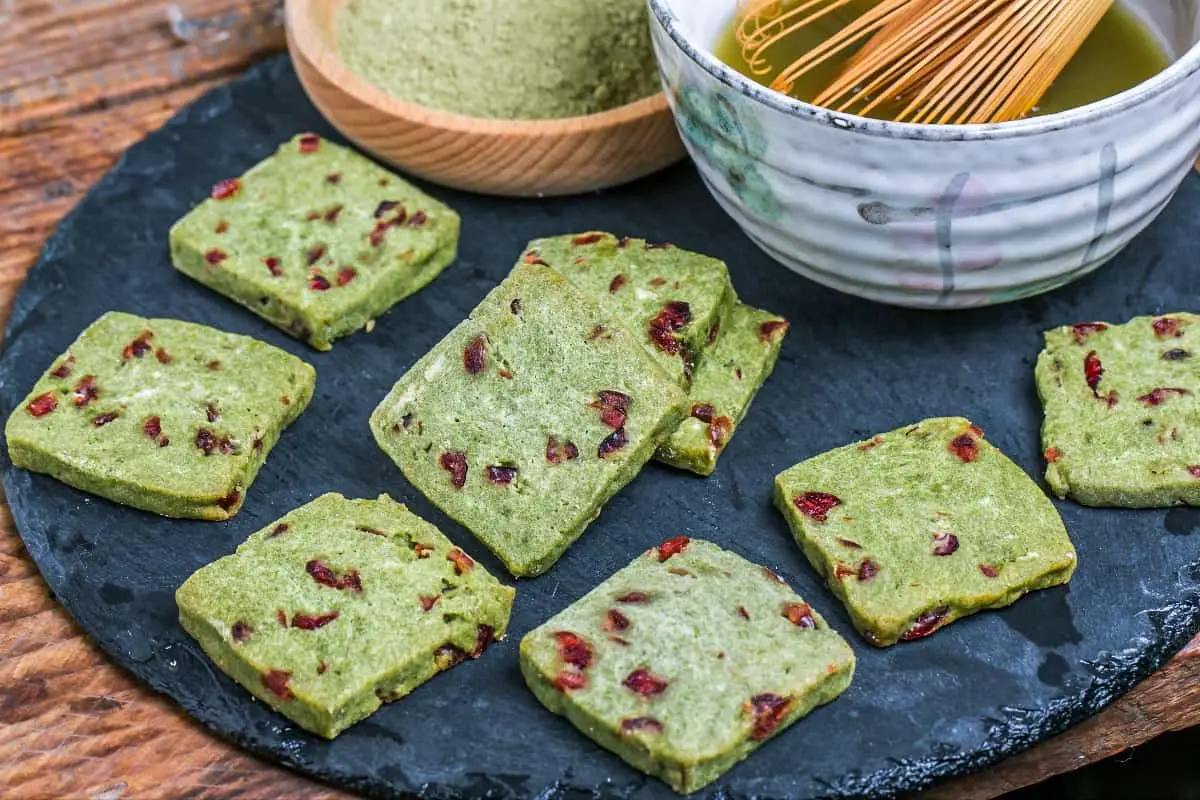
Crisp and buttery with a distinct matcha flavor, green tea cookies are to die for! Matcha, or green tea powder, has been used in Japanese cooking for ages, but its worldwide fame has only recently begun.
The matcha-infused cookies are also loaded with white chocolate chips, giving you a harmonious balance between sweet and bitter. Apart from the flavor, the matcha also gives the cookies that pretty green hue.
Enjoy your afternoon tea with these buttery, crispy Matcha Green Tea Cookies. The unique flavor of matcha in the cookies is surprisingly delightful!
5. Green Tea Ice Cream – Popular Japanese Food
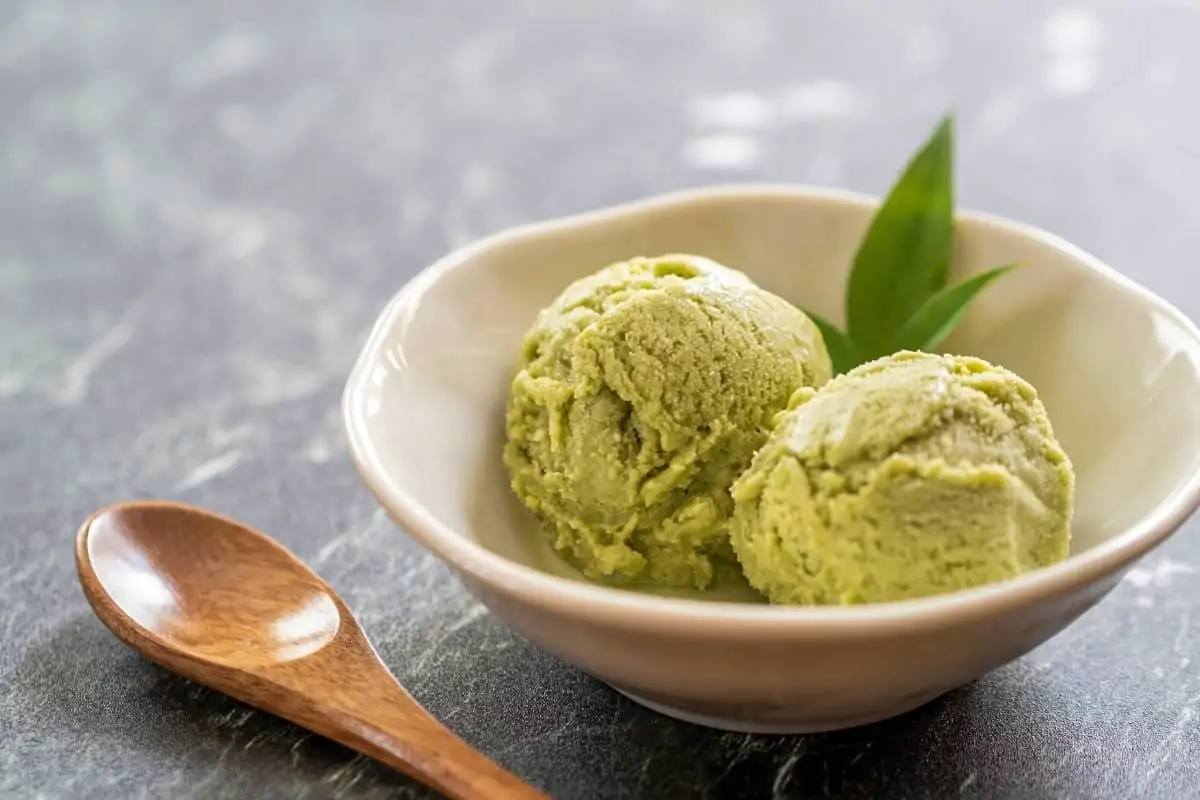
Speaking of matcha, here’s another dessert that any matcha fan will fall in love with. Matcha ice cream is a sweet and refreshing way to end your meal. This ice cream is subtly sweet with bitter and smoky undertones.
It’s also a cinch to make. It only calls for 4 ingredients and 5 minutes to make. There’s no churning necessary. The only difficult part is waiting for it to freeze.
Green Tea Ice Cream – An easy summer dessert made with only 4 ingredients! This refreshing recipe is inspired by Japanese flavors and it’s so easy to make!
6. Tempura – Japanese Dinner Recipes
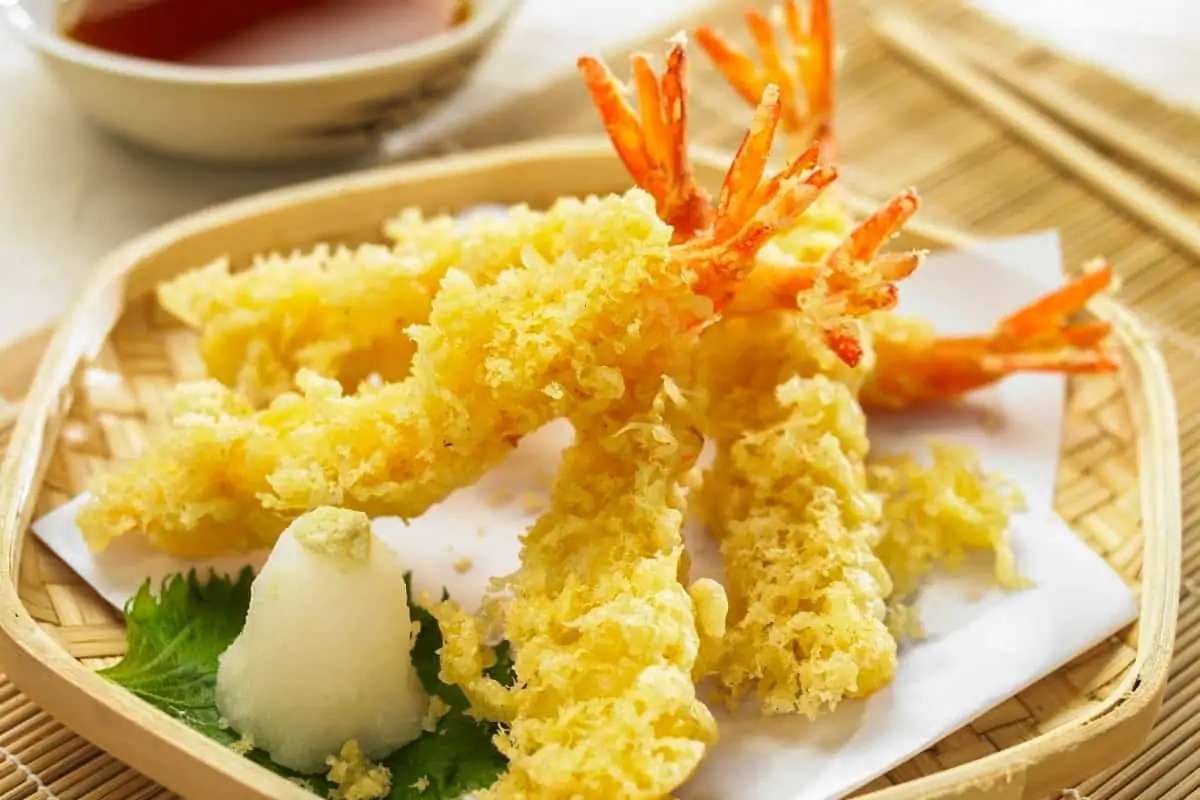
Tempura is a typical Japanese dish usually consisting of seafood, meat, and vegetables that have been battered and deep fried.
Shrimp Tempura is the perfect Japanese appetizer made with a light batter made and fried super crisp in just 15 minutes.
7. Japanese Turnips with Miso – Japanese Dinner Recipes
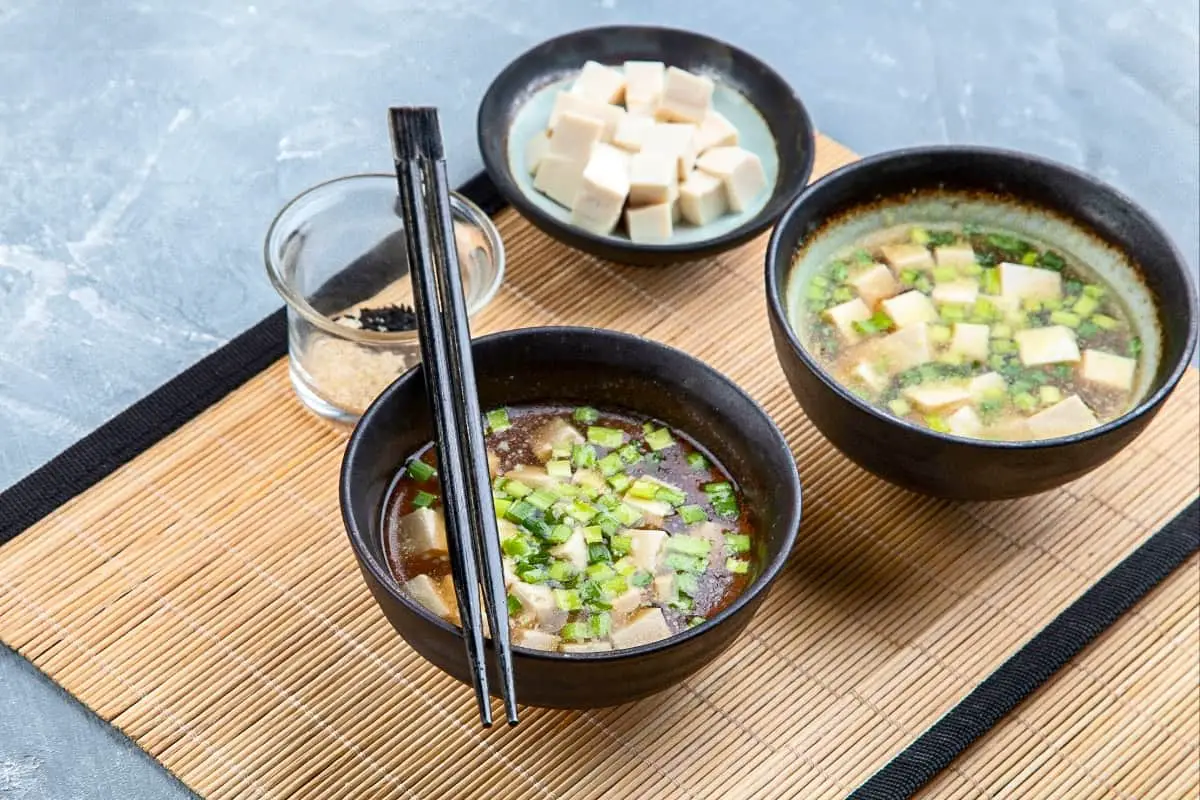
Small, sweet, and crunchy turnips are mixed with greens and cooked in miso butter and mirin (rice wine). The contrast between light veggies, rich butter, and sweet wine makes this dish truly phenomenal.
The flavors and textures complement each other so well that you won’t even notice that you’re eating something that’s good for you!
The small, round, mild white Japanese turnips are at their most delicious when simply cooked with their greens. A last-minute swirl in miso butter gives them an almost meaty underpinning.
8. Wasabi Salmon – Japanese Dinner Recipes
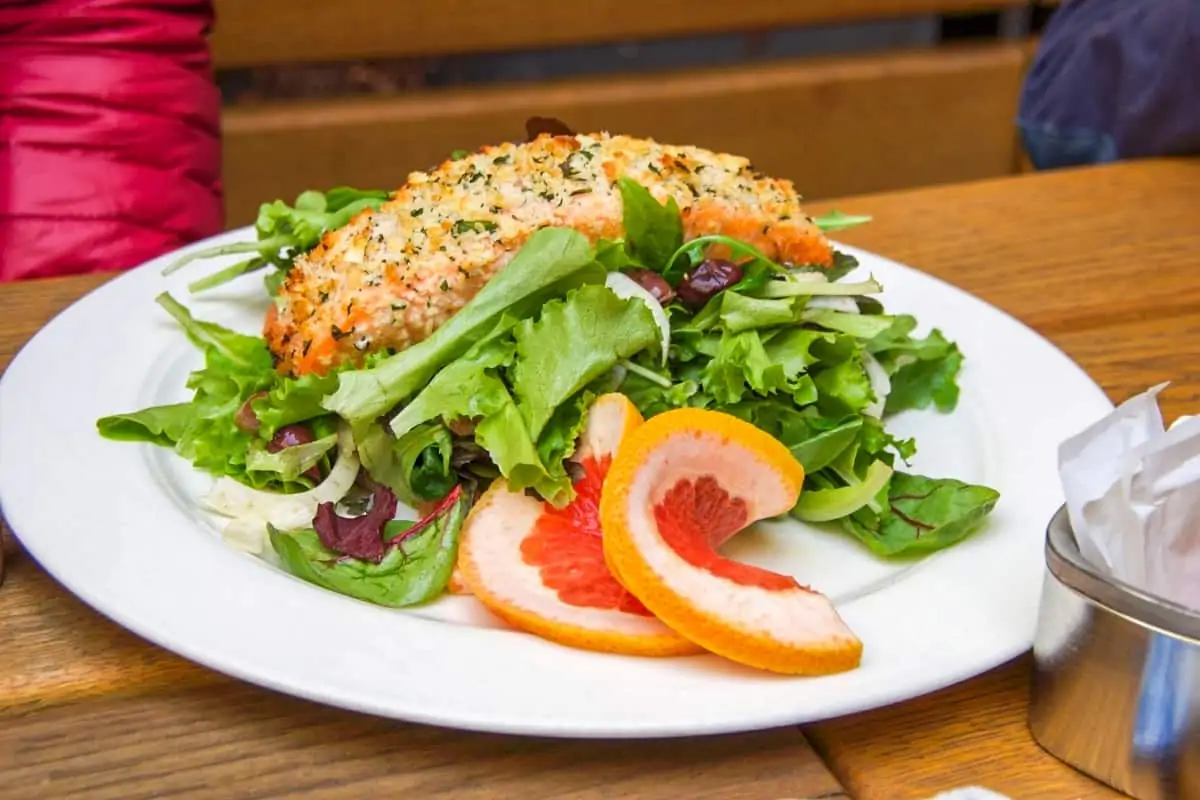
Serve this delicious tangy salmon recipe with pickled ginger and white rice tossed with chopped green onions. To speed preparation, heat the skillet while the fish marinates.
9. Ultimate Kinoko: Mushroom-Jouyo Manju – Popular Japanese Food
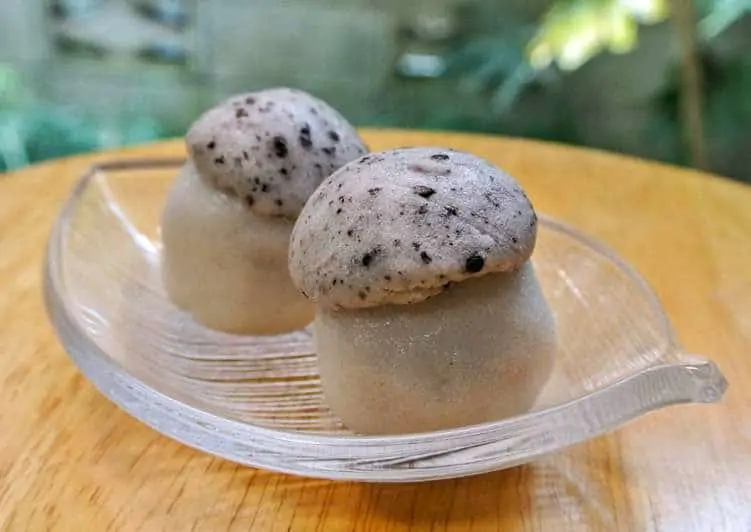
This is one of the most popular of recent trending foods in the world. It’s enjoyed by millions every day. It is simple, it is fast, it tastes yummy. They’re fine and they look fantastic.
10. Daifuku – Popular Japanese Food
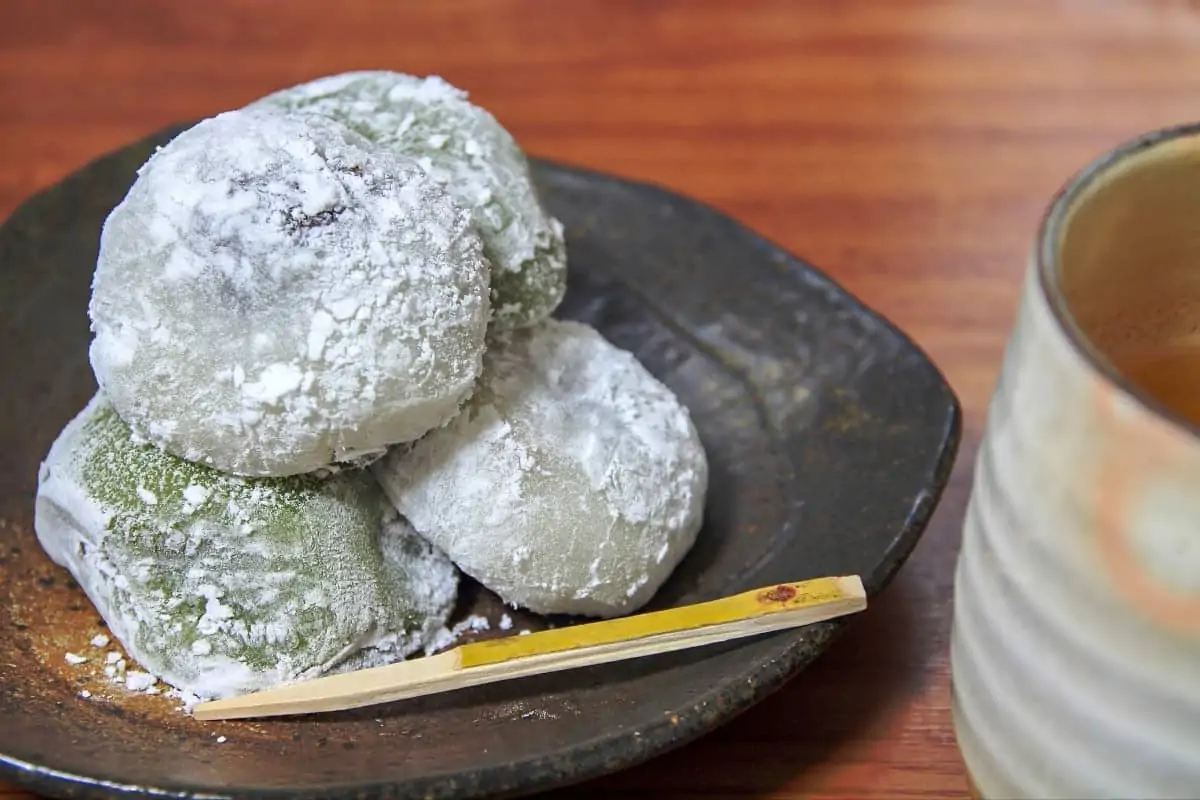
Daifuku, or mochi, is a classic Japanese dessert that’s popular all over the world. In fact, when someone says Japanese dessert, more often than not, people will instantly think mochi!
Mochi is a small, sticky, round confection with a sweet filling. It gets its iconic chewy, gelatinous consistency from rice flour. Anko, or red bean paste, is the most common filling, but shiroan, or white bean paste, is sometimes used as well.
11. Vegetable Gyoza – Popular Japanese Food
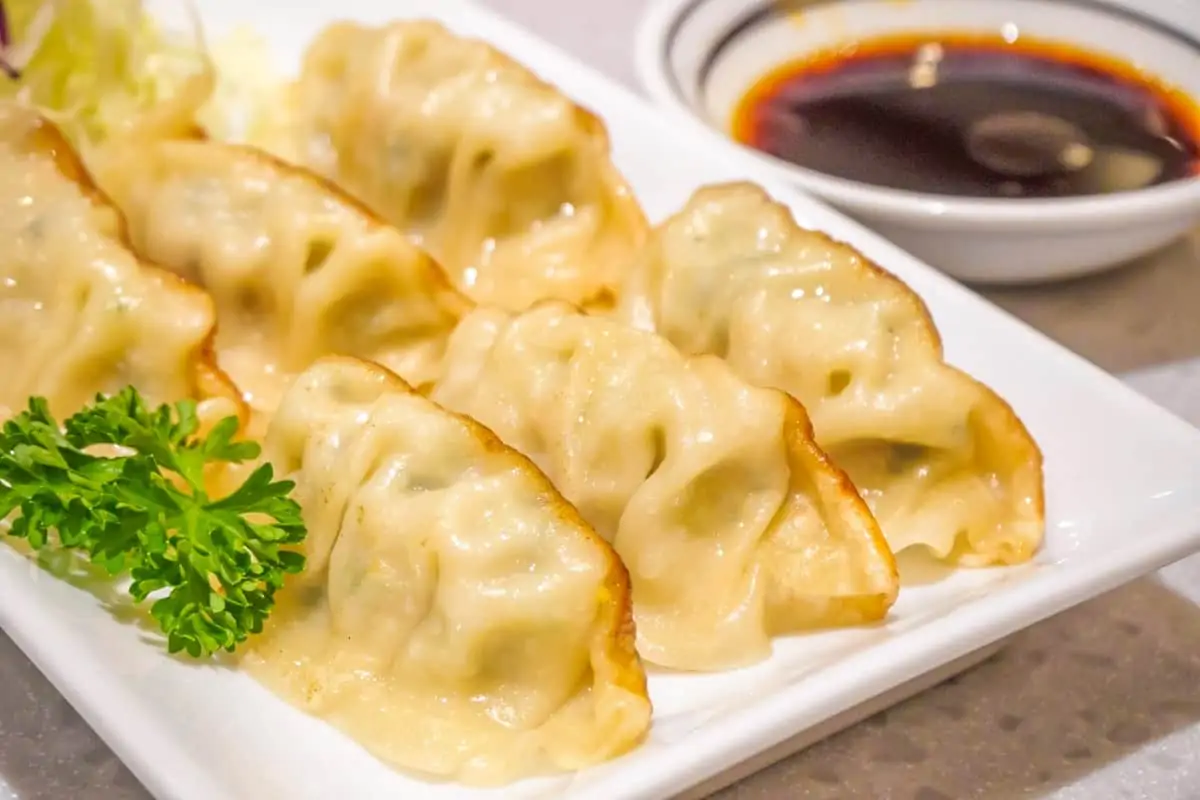
These Vegetable Gyoza are stuffed with a delicious mix of tofu, cabbage, carrots, and shiitake mushrooms. With golden crisp bottoms, fresh juicy filling, and homemade dipping sauce, it’s love at first bite!
You don’t have to be vegetarian or vegan to enjoy these Japanese pan-fried dumplings.
12. Tebasaki (Japanese Chicken Wings) – Japanese Dinner Recipes
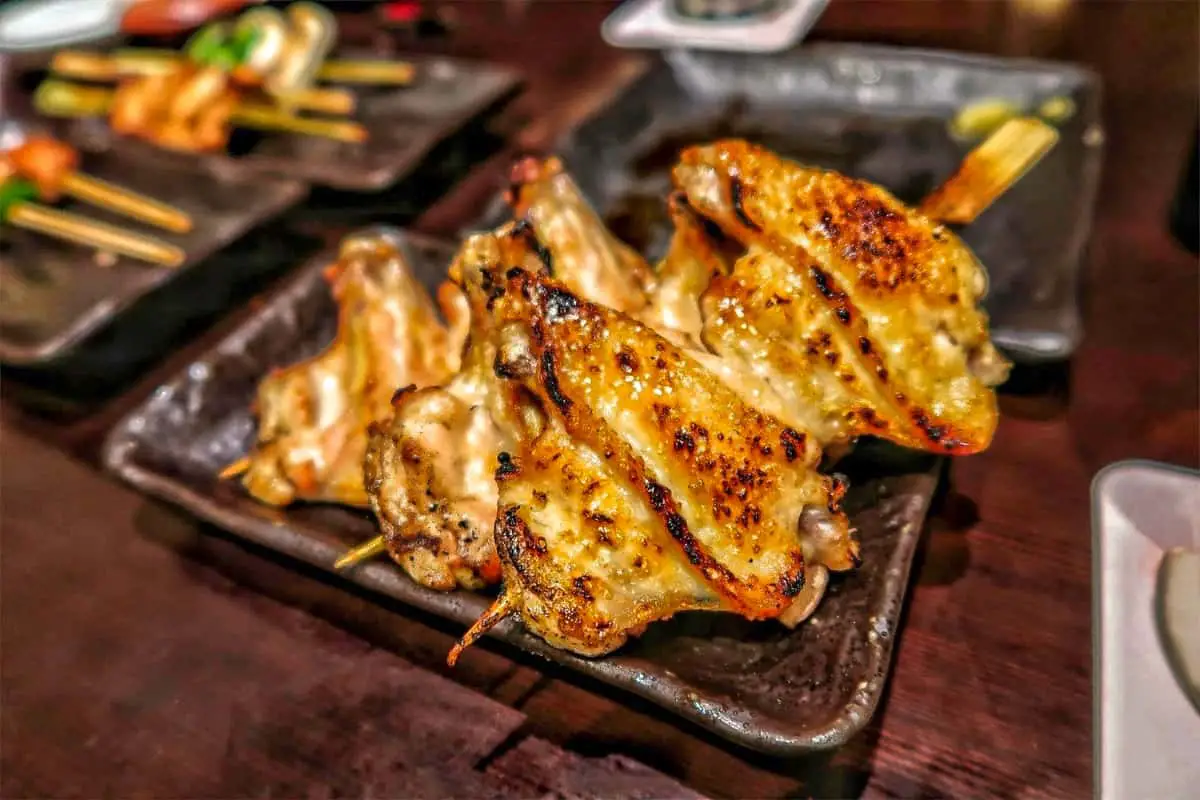
Tebasaki literally translates to “wingtips” and refers to the cut of chicken as well as a specific dish that’s made with them. They have such insanely crisp skin, too! Instead of flour, the chicken is coated in potato starch, which gives the skin maximum crunch.
Tebasaki is always made with bone-in chicken wings, has no breading, and is seasoned after it’s fried. Despite the absence of any significant crust, the wings end up rice cracker crisp thanks to a double-dip into the fryer.
13. Kare-Raisu (Curry Rice) – Popular Japanese Food
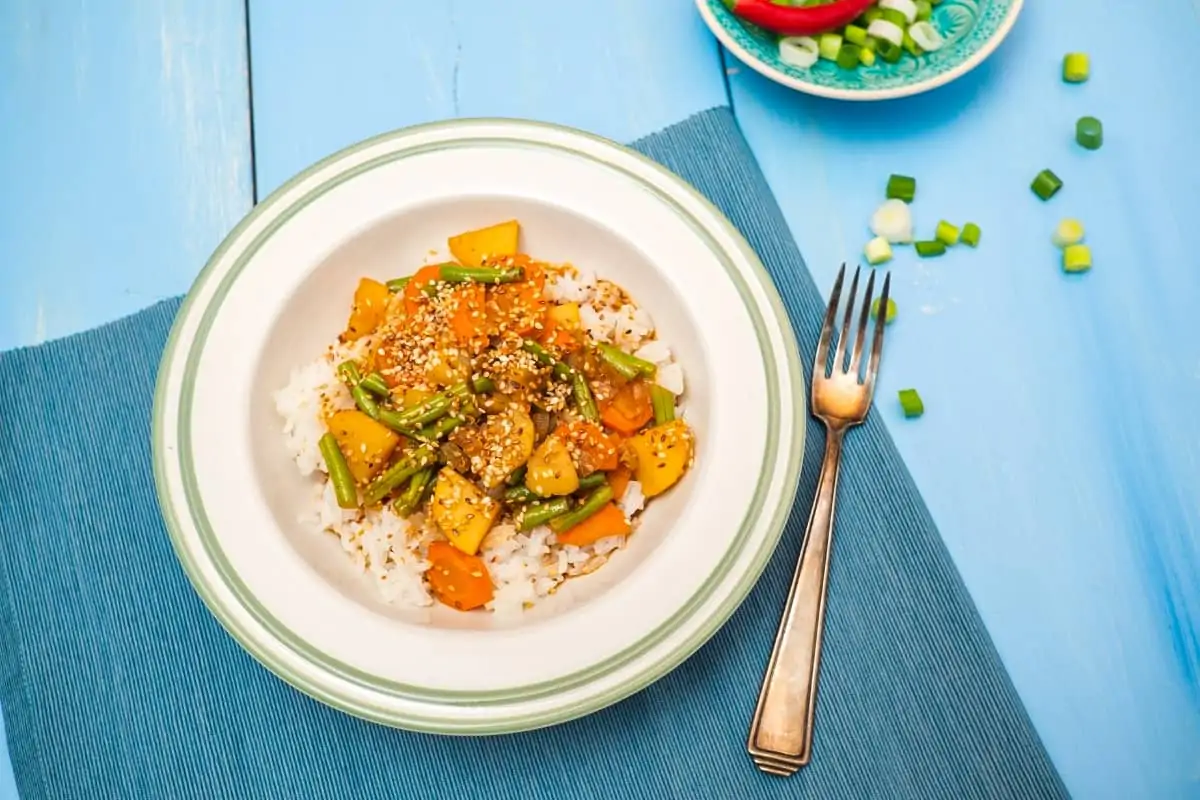
Japanese curry is one of the nation’s most popular convenience and comfort foods. Fresh spices and vegetables give this homemade Japanese curry a blast of flavor.
This recipe captures a classic Japanese curry, complete with juicy pieces of chicken, tender nubbins of carrot, sweet peas, and silky chunks of potato, but it’s seasoned with a homemade spice blend.
14. Manju (Japanese Red Bean Cake) – Popular Japanese Food
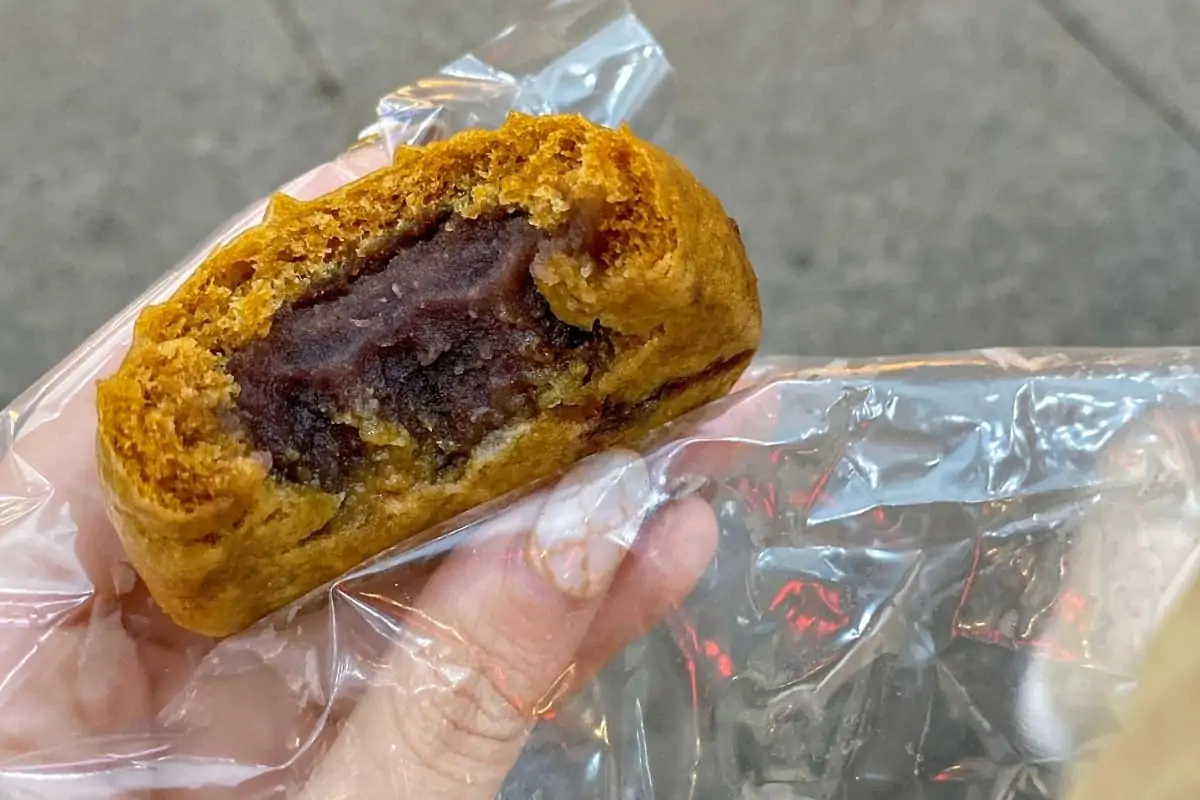
Manju, or red bean cakes, are small, round, steamed cakes stuffed with anko. Anko is a sweet filling made with red beans. The beans are cooked and mashed until it turns into a paste.
It’s smooth but has a mild coarseness to it, which adds to its charm. Traditional manju calls for anko, but other fillings may also be used.
15. Raindrop Cake – Popular Japanese Food
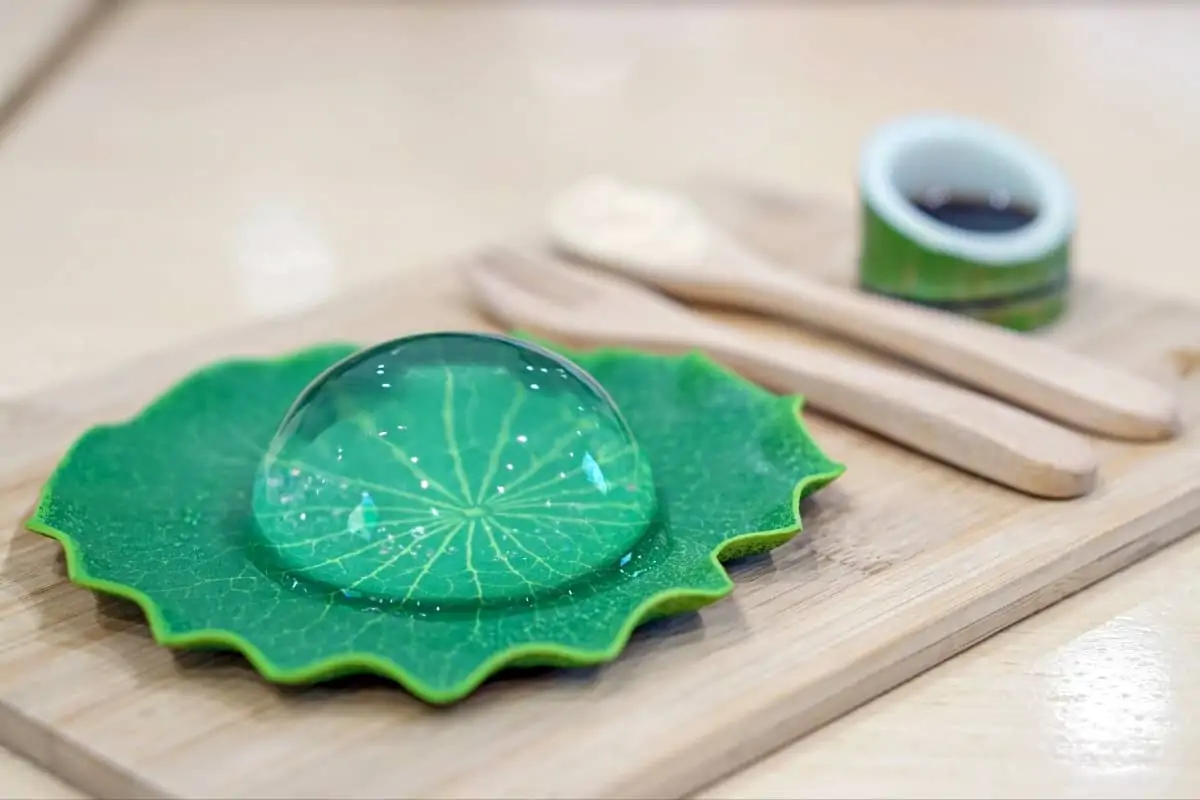
Raindrop cake is a gorgeous, delicate cake that has swept the nation since its inception. The cake is a spherical jelly-based dessert that looks exactly like a raindrop.
Its iconic look is achieved by combining mineral water and agar-agar. Since it’s basically water, the dessert has nearly zero calories.
16. Sweet and Spicy Soy Glazed Edamame – Japanese Dinner Recipes
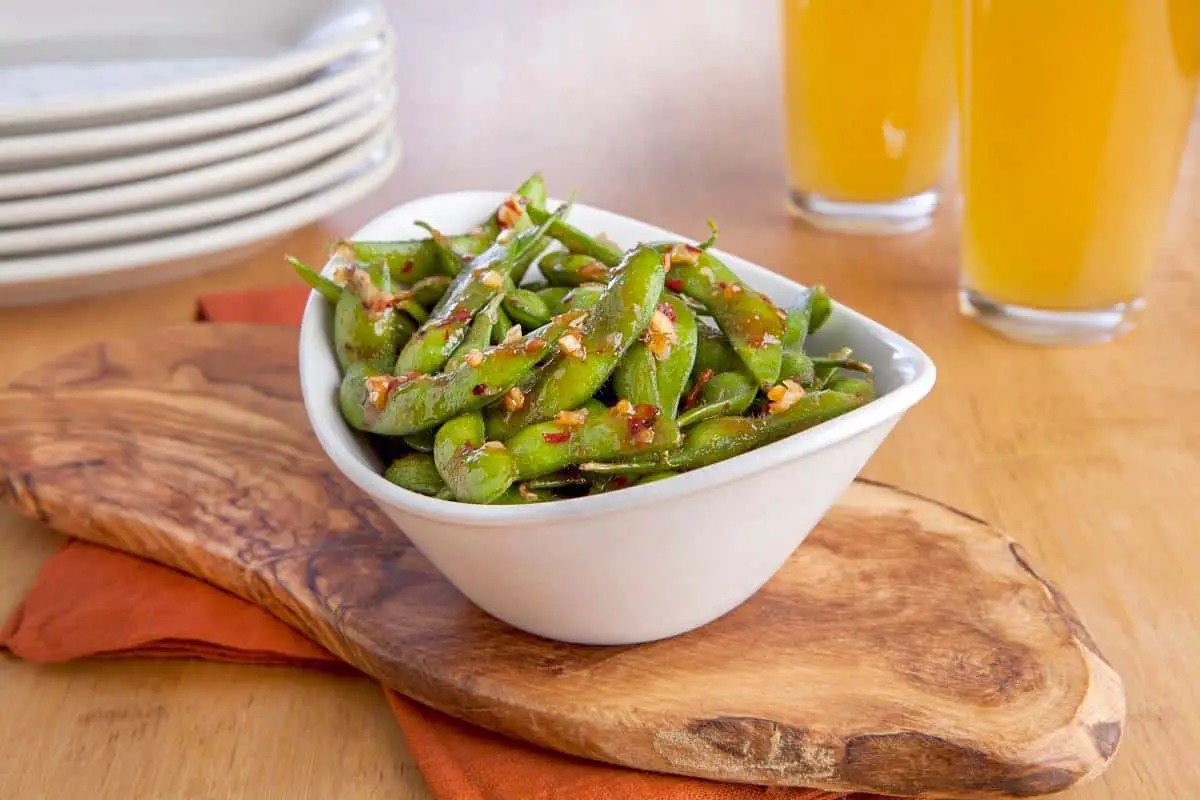
Edamame really only needs a little sprinkling of coarse, flaky salt to taste great. I’ll gladly eat a whole bunch of them just like that.
But then I went to a restaurant that offered Soy Glazed Edamame as an appetizer. Just when you think edamame can’t get any better, they go ahead and do this.
17. Japanese Potato Salad – Japanese Dinner Recipes
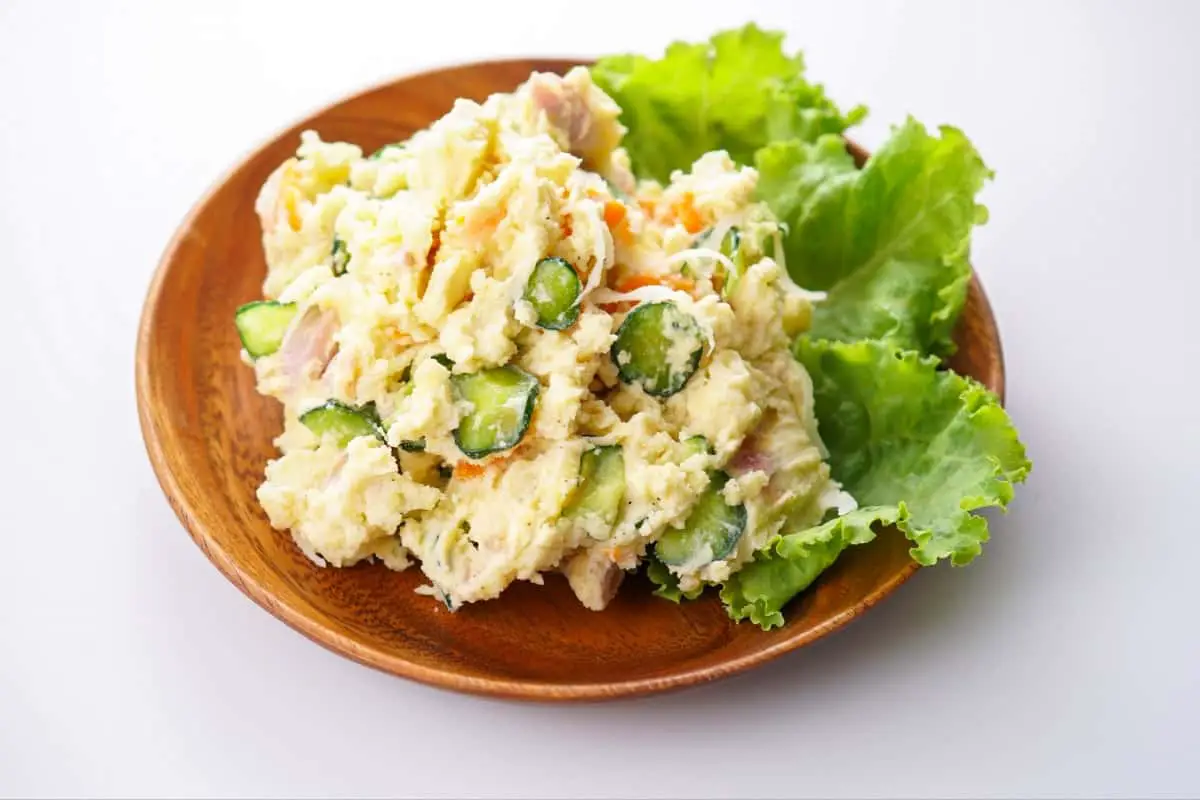
Mashed potatoes loaded with cucumbers, carrots, and eggs, the Japanese potato salad has a lip-smacking combo of tastes and textures.
The roughly mashed potatoes plus the crunchy veggies create the most wonderful texture contrast. Seasoned with mayo and a bit of rice vinegar, this salad is incredibly rich and downright delicious.
A classic, home-cooked dish for over one hundred years, Japanese Potato Salad is distinct because of its colorful addition of fresh vegetables, creamy texture, and rounded flavor. It’s the ultimate crowd-pleaser!
18. Homemade Miso Soup – Japanese Dinner Recipes
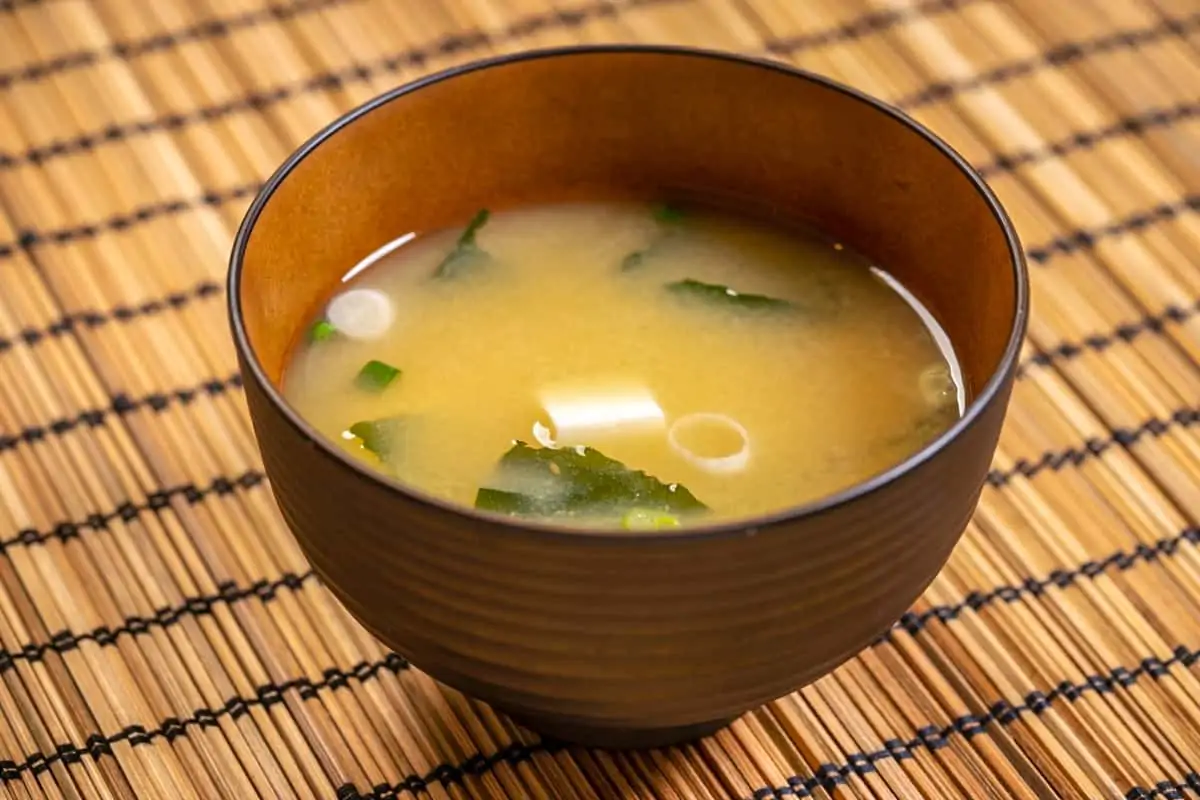
It’s super easy to make authentic Japanese miso soup at home! As the daily elixir of the Japanese diet, homemade miso soup is not only delicious, it also brings many great health benefits.
19. Shokupan – Japanese Milk Bread – Popular Japanese Food
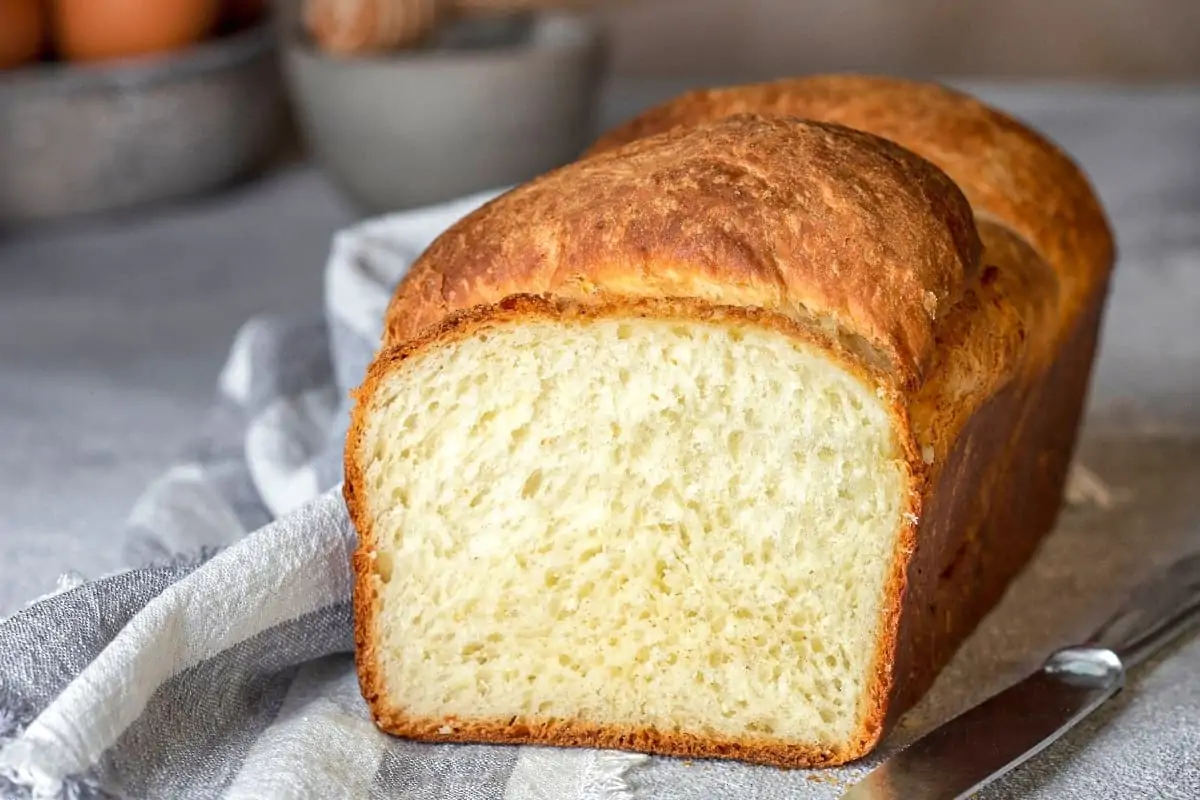
Have you ever eaten Shokupan, the Japanese milk bread? It’s that delicious, soft and fluffy white bread loaf that you can get in Japan. They are amazingly fluffy and keep moist for longer than ordinary bread because of the Yudane method.
The Yudane method makes the bread pillowy soft and fluffy and also keeps the bread from drying out quickly. This is because the heated gelatinized starch in the flour keeps the moisture inside the bread.
20. Kohakutou Crystal Gummy Candy – Japanese Dinner Recipes
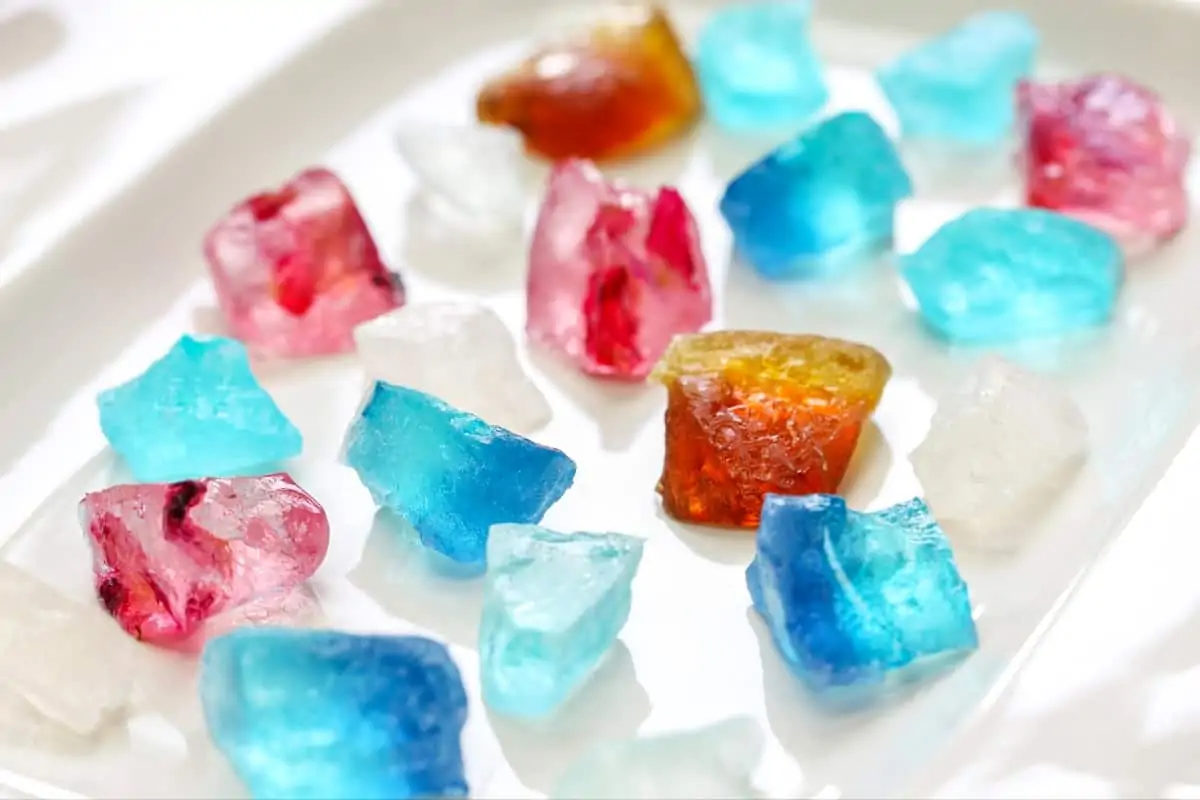
Kohakutou is a Japanese candy made from Agar Agar. It is made by pouring flavored jelly into a dish and allowing it to set before cutting or tearing into crystal shapes. The candy develops a crunchy outer crust after a few days but remains delightfully chewy inside.
21. Harumaki (Japanese Spring Rolls with Pork) – Popular Japanese Food
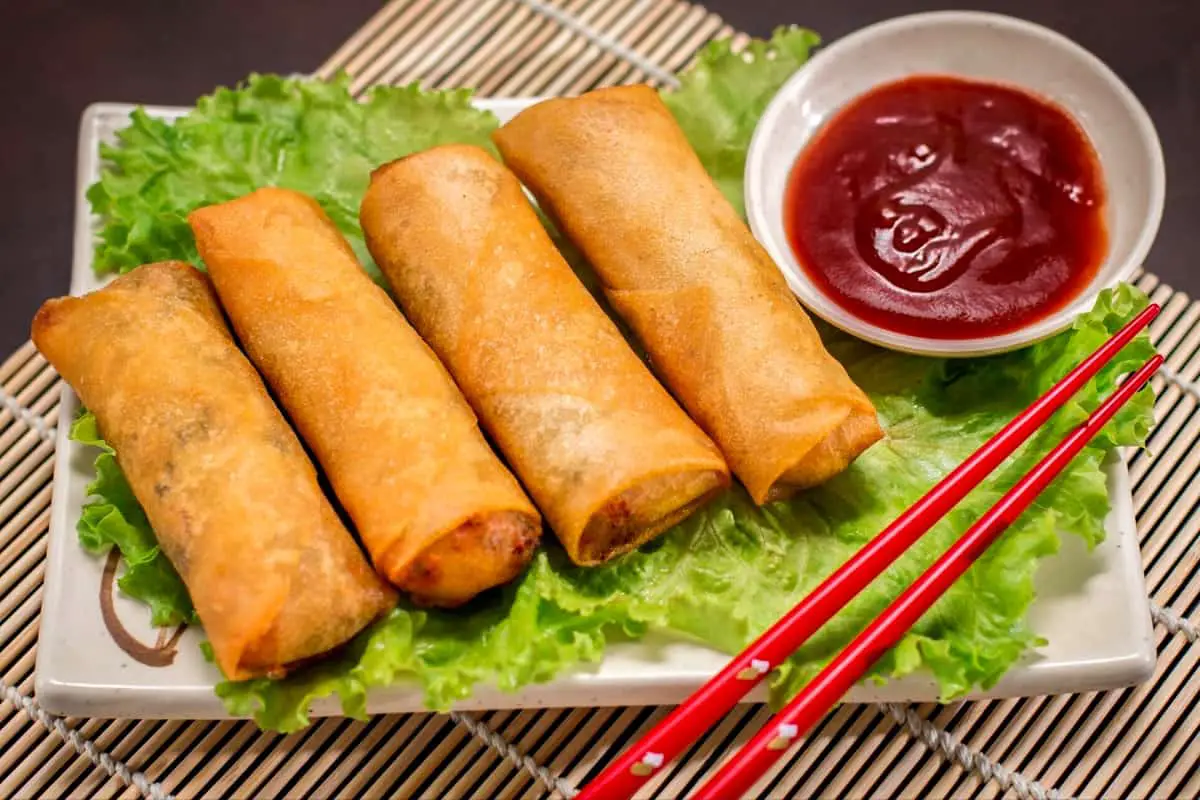
With a crisp shell holding a molten filling of pork, vegetables, and mushrooms, Harumaki, or Japanese spring rolls are a delightful Japanese-Chinese appetizer that’s a favorite here in Japan.
Harumaki is a delightful appetizer comprising a crisp golden shell filled with a medley of pork, vegetables, and mushrooms. It’s an infusion of Chinese and Japanese cuisines, and your American palate will love it.
As if it couldn’t taste any better, the filling is also cooked with soy sauce, ginger, scallions, sesame oil, and mirin. It’s flavor-packed on the inside and insanely crunchy on the outside: a perfect combination, as I like to call it.
22. Gomae (Japanese Spinach Salad) – Japanese Dinner Recipes
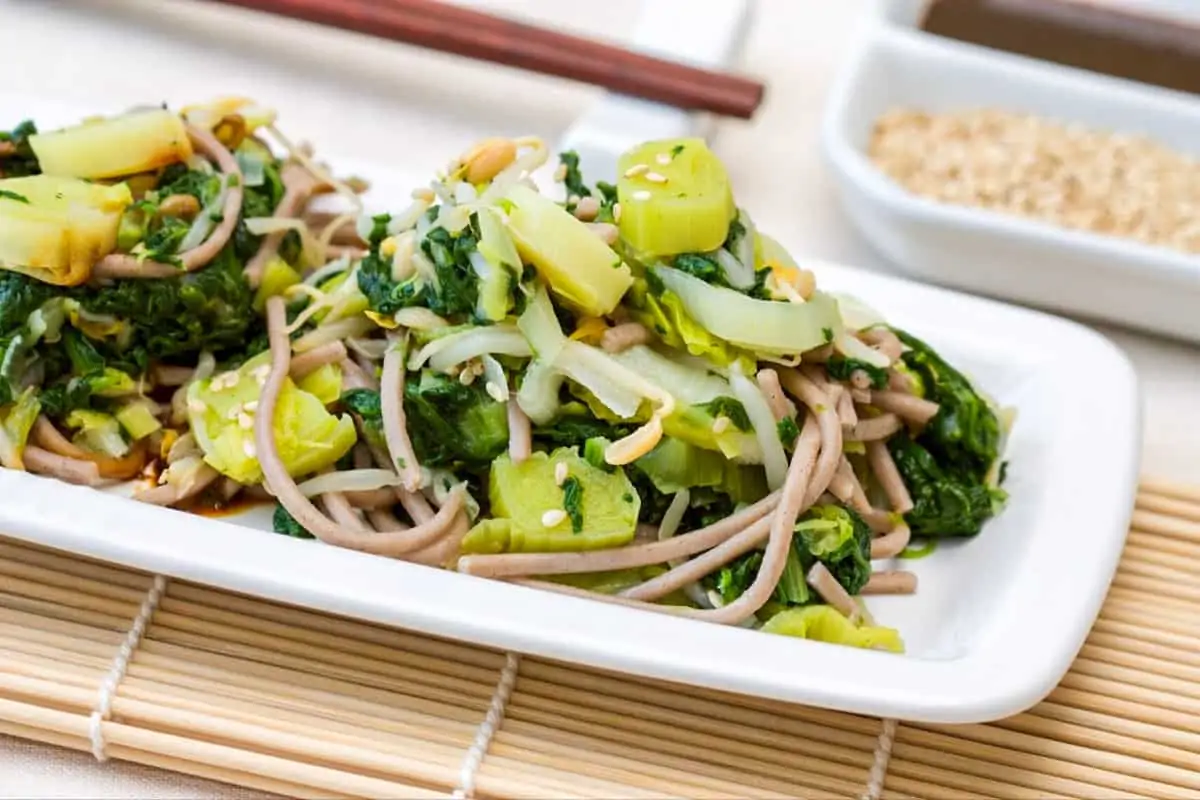
Gomae, or Japanese spinach salad, is a very basic side dish that’s bursting with flavor. Sure, it’s just spinach, but what makes it stand out is the rich dressing made with sake, mirin, soy sauce, sugar, and roasted sesame seeds.
Together, the ingredients create a sweet, tart, and umami-packed dressing that can make even the most boring vegetable exciting.
23. Okonomiyaki – Popular Japanese Food
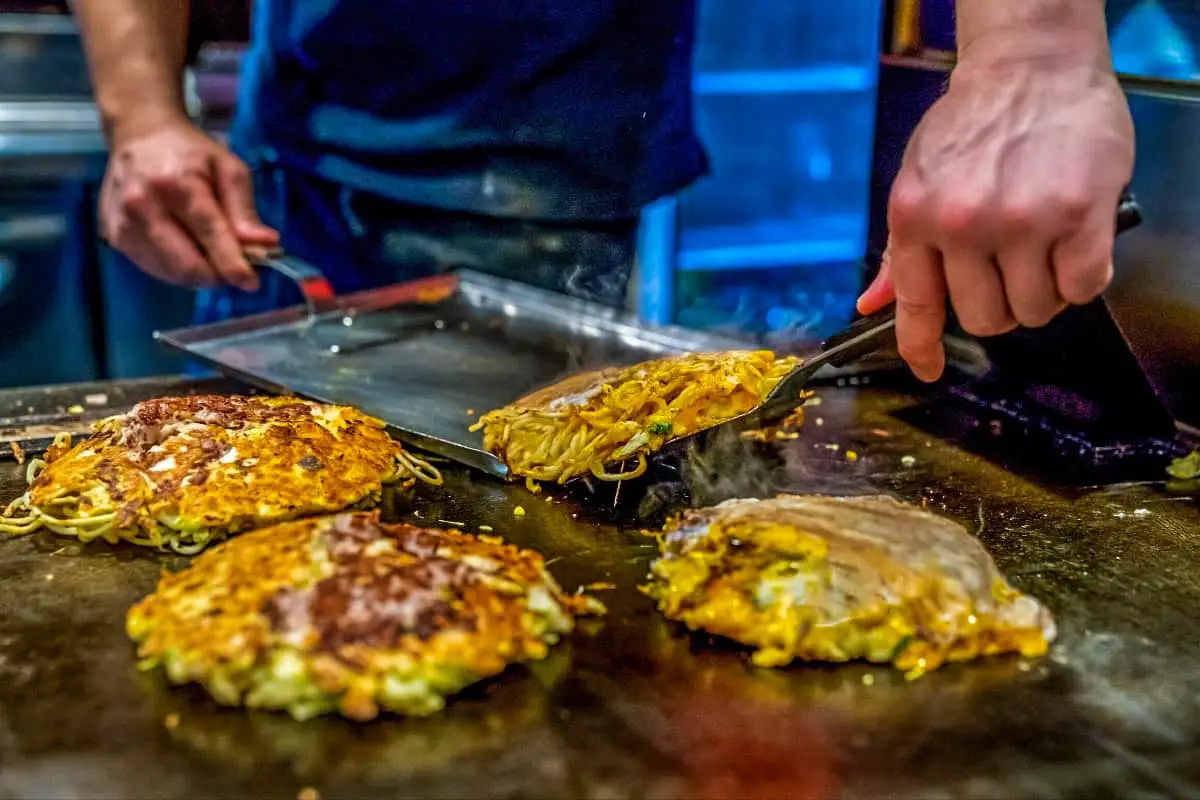
Popular street food from Osaka, Japan, Okonomiyaki is a savory version of Japanese pancake, made with flour, eggs, shredded cabbage, and your choice of protein, and topped with a variety of condiments.
It is sometimes called “Japanese savory pancake” or “Japanese pizza”, but personally, I think it’s more like a dish between savory pancake and frittata.
24. Yakitori – Japanese Dinner Recipes
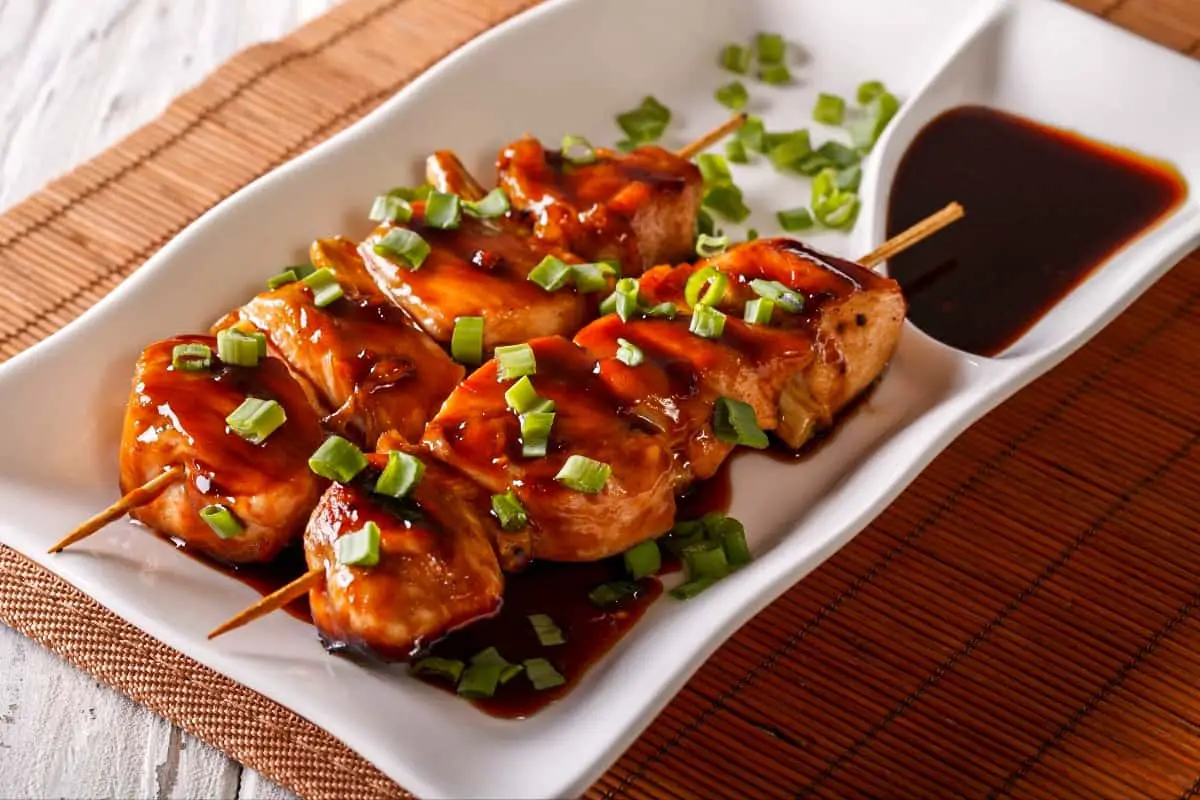
Glazed in a homemade Yakitori Sauce, these Japanese chicken and scallion skewers are hard to resist! You’d love this simple Yakitori recipe with delicious savory-sweet sauce! It’s great for grilling outdoor or under the broiler.
The name translates directly to grilled chicken. The good news is anyone can easily make some really great-tasting yakitori at home.
25. Easy Mochi – Popular Japanese Food
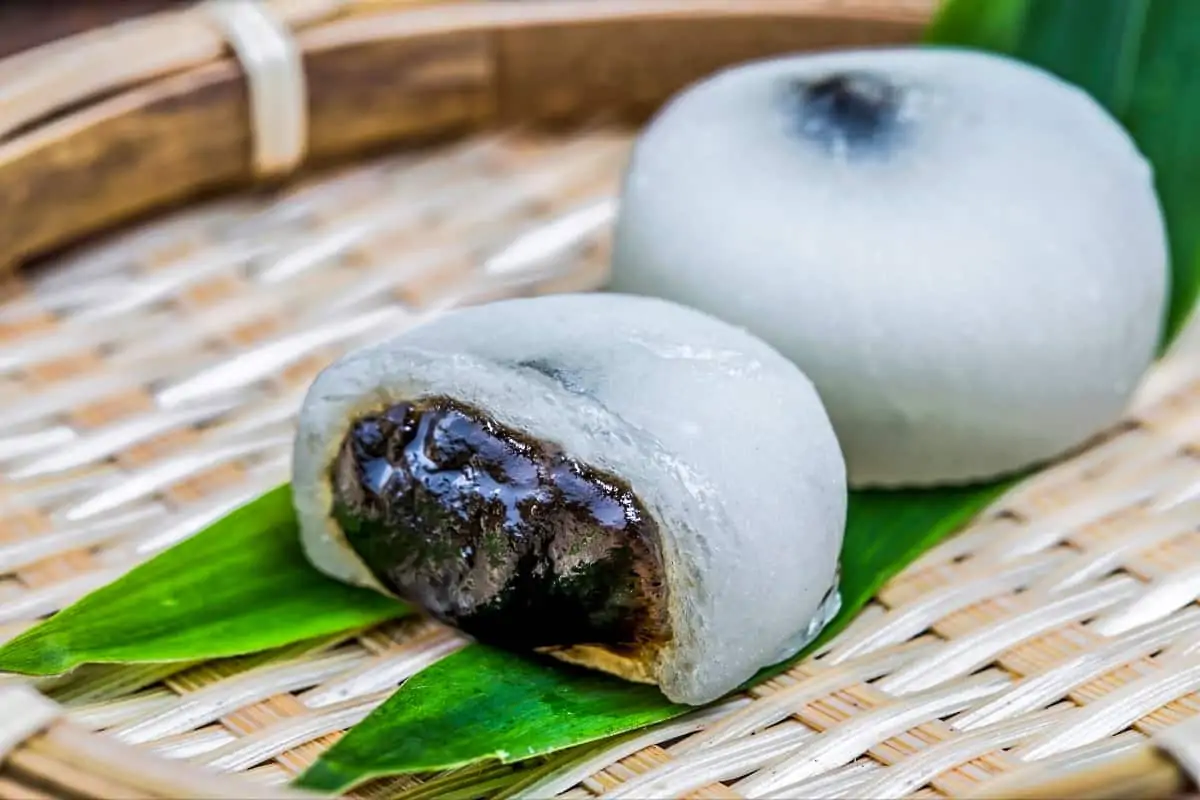
Mochi is a well-loved Japanese sweet treat – it’s a ball of sticky, chewy goodness. It’s traditionally made and consumed for the new year, but that shouldn’t stop you from having it whenever you like.
A lovely Chinese New Year’s snack; soft, slightly sweet, and chewy, this is a wonderful traditional dessert. Ready in only minutes. Serve with steaming hot tea! This Japanese glutinous rice cake is delicious on its own, but it can also be used with a variety of fillings that’ll add that extra oomph.
26. Onigiri (Japanese Rice Balls) – Japanese Dinner Recipes
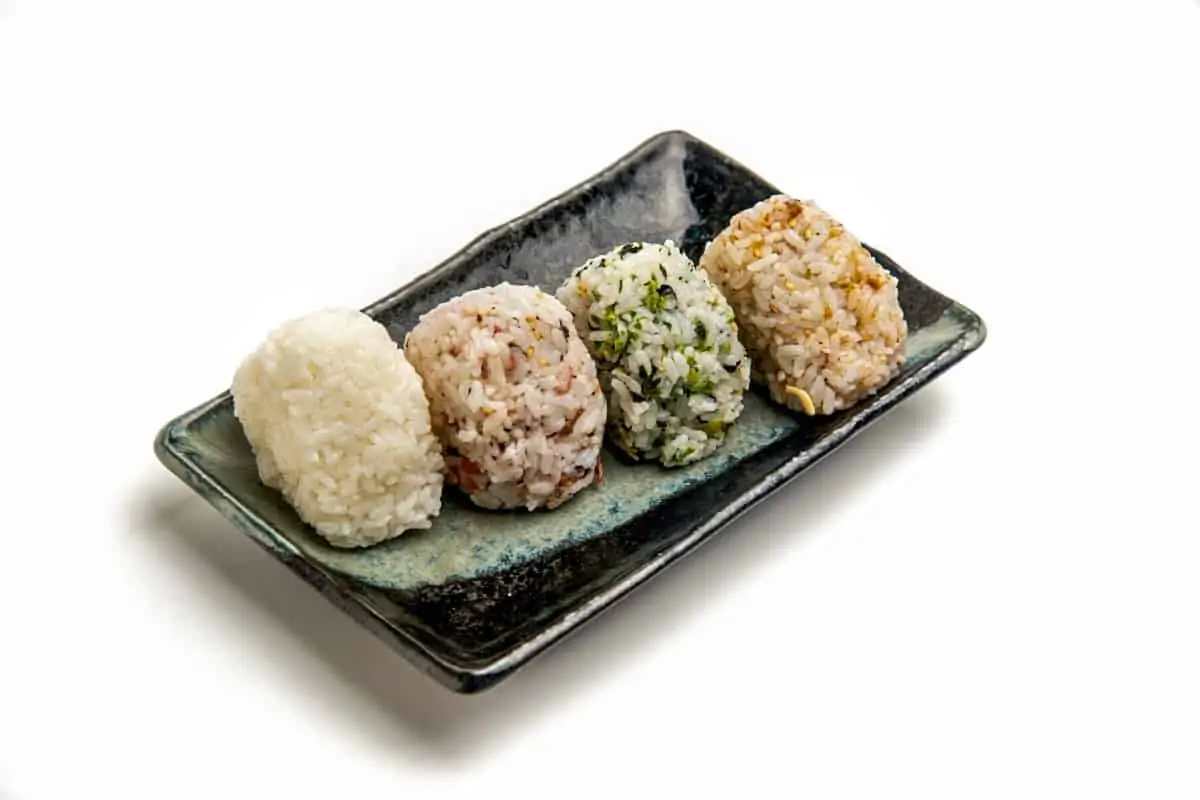
Onigiri is hands down, my favorite Japanese appetizer. These rice balls are to die for! No matter the shape – triangular or oval – I don’t care. I’ll eat them. I’ll eat them all!
Onigiri is usually filled with salted salmon or pickled plums and wrapped in nori, but in this recipe, you’ll make onigiri sans the filling, but you’ll brush it with soy sauce. It’s also grilled to give it a wonderfully crisp exterior.
Yaki Onigiri are Japanese grilled rice balls covered in savory soy sauce. With a crispy crust on the outside and soft sticky rice on the inside, these rice balls are simply irresistible and easy to make at home!
27. Kani Salad (Japanese Crab Salad) – Popular Japanese Food
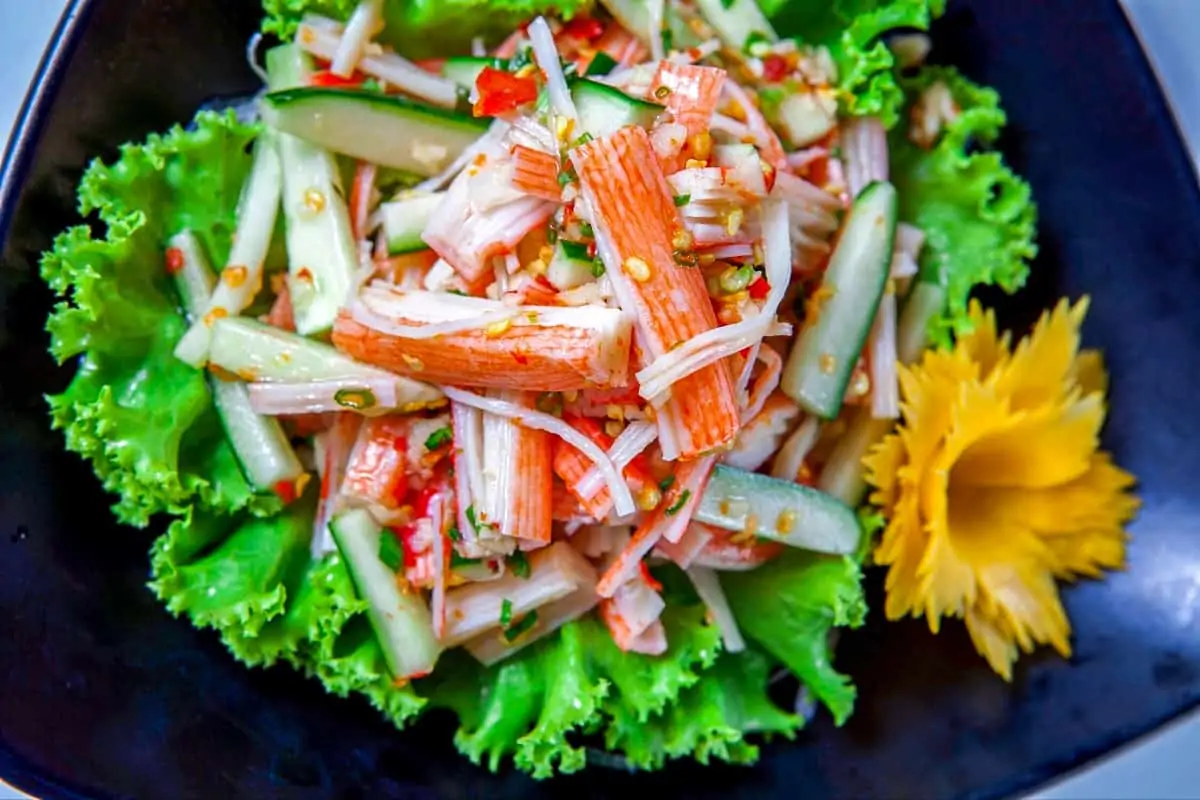
Shredded cucumber, sweet corn, and imitation crab meat are dressed with mayo and ponzu sauce resting on a bed of lettuce.
With the wonderful texture combinations of corn, cucumber, and crab meat (kani), kani salad is hard to resist! It’s sweet, creamy, crunchy, colorful, and everything you can ask for in a salad and more!
28. Oyakodon (Chicken and Egg Bowl) – Japanese Dinner Recipes
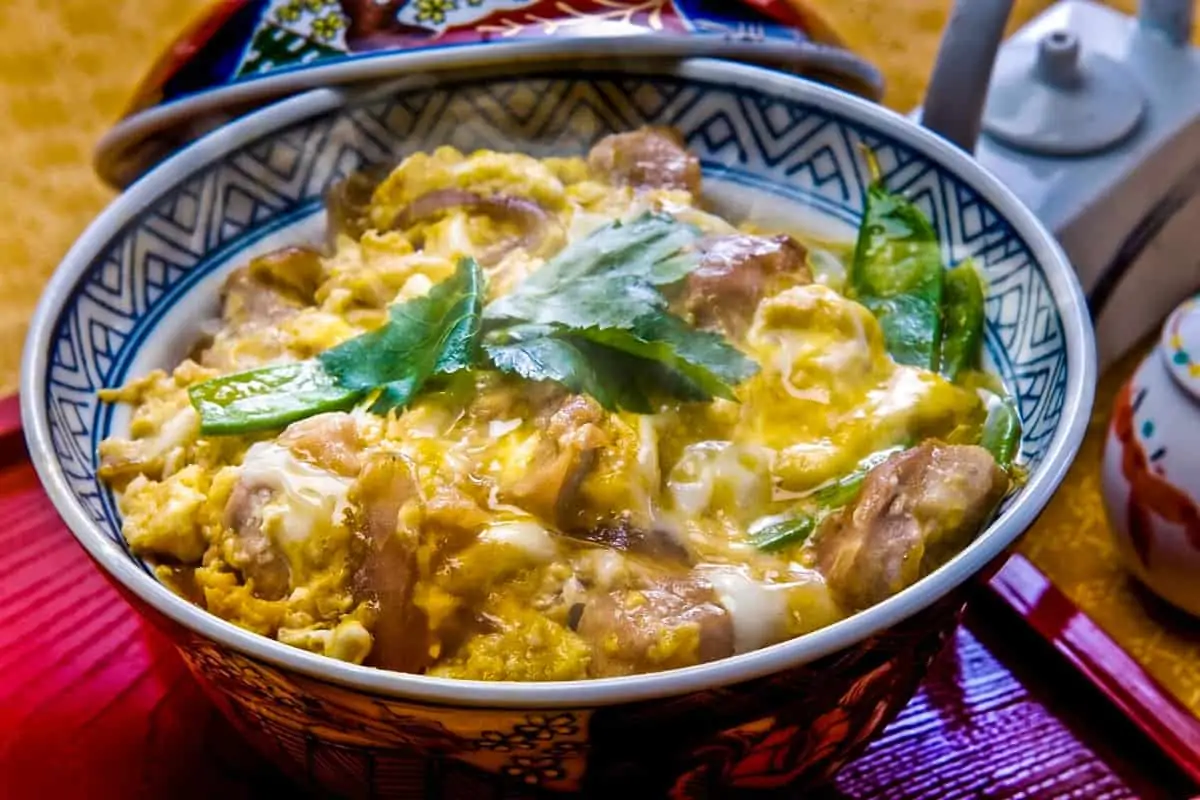
Oyakodon is cooked in one pan where onions, chicken, and egg are simmered in an umami-rich dashi-based sauce. It is then poured over a bowl of fluffy steamed rice.
Simple, delicious, and utterly comforting, this is the kind of one-bowl meal you can cook in less than 30 minutes!
29. Dorayaki – Popular Japanese Food
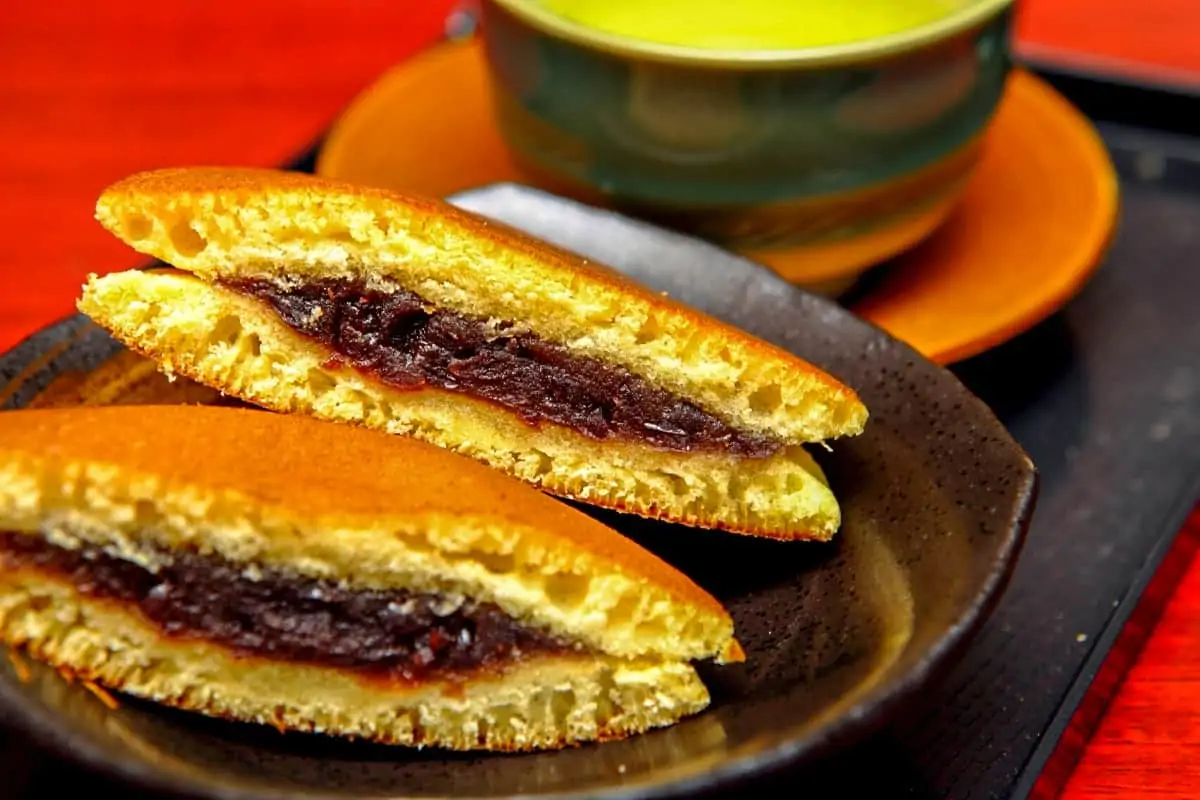
Dorayaki is a rich and filling treat made with two small pancakes stuffed with red bean paste. Since it’s heavy, the sweet sandwich is more commonly eaten as a snack, rather than a dessert.
Dora in Japanese means “gong.” Apart from the resemblance in shapes, legend has it that the first dorayaki was made by a farmer who used a gong to make pancakes. The gong came from a visiting samurai who forgot to bring it with him upon leaving.
30. Oden (Japanese Fish Cake Stew) – Japanese Dinner Recipes
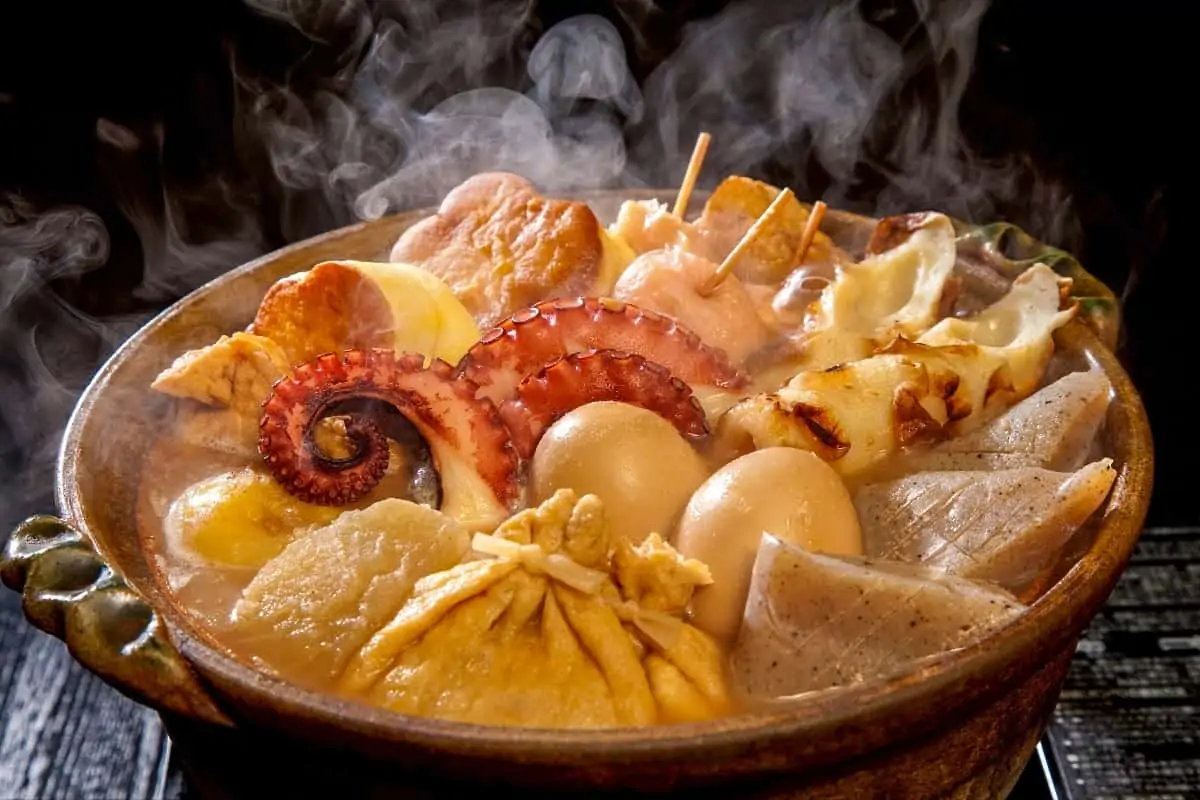
A classic winter comfort dish in Japan, Oden is a one-pot dish with an assortment of fish balls, fish cakes, deep-fried tofu, hard-boiled eggs, konnyaku, and some vegetables simmered in soy sauce-based dashi broth.
You can make Oden a day before so that all the ingredients will absorb the delicious broth and it tastes much better the following day. It tastes even better the second day!
31. Classic Japanese Lemon Pop Candy (Ramune Recipe) – Popular Japanese Food
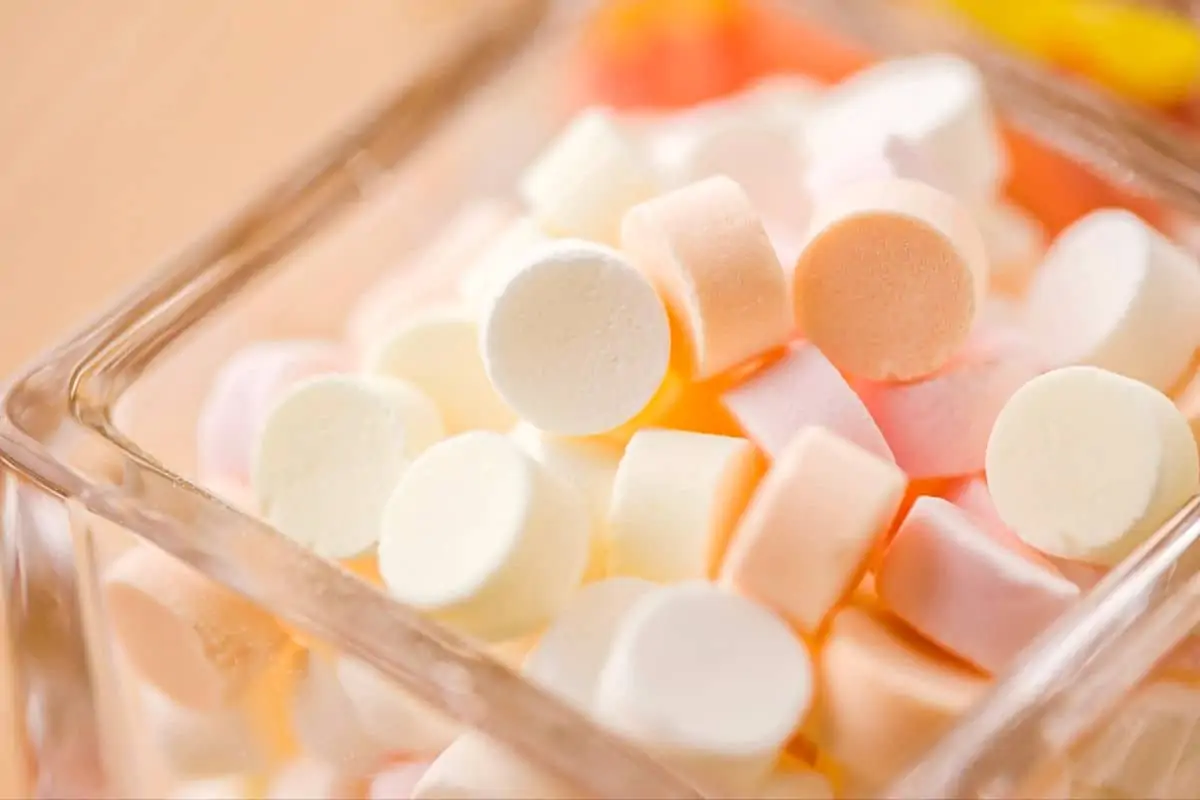
Ramune is a nostalgic tablet-shaped Japanese candy. It is one of Japanese Dagashi (cheap small snacks and candies) most kids enjoy in their childhood.
It gradually dissolves with a bit fizziness. Sweet and sour addictive candies. Very easy to make.
You May Want to Join Our Boondocking Group on Facebook For More Information
You May Want to Join Our Campfire Recipes Group on Facebook For More Information
